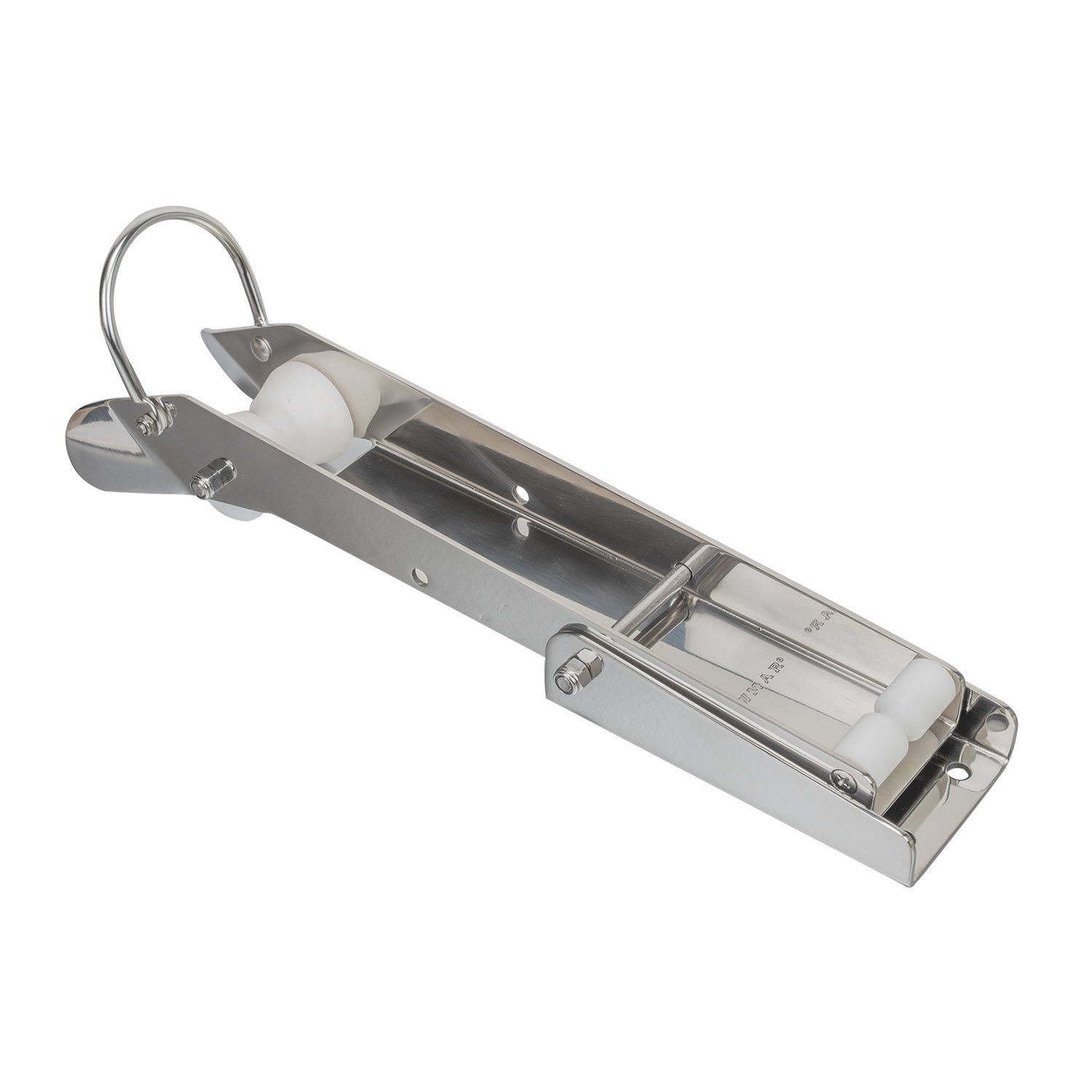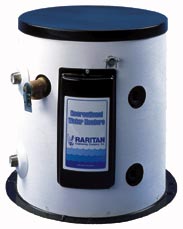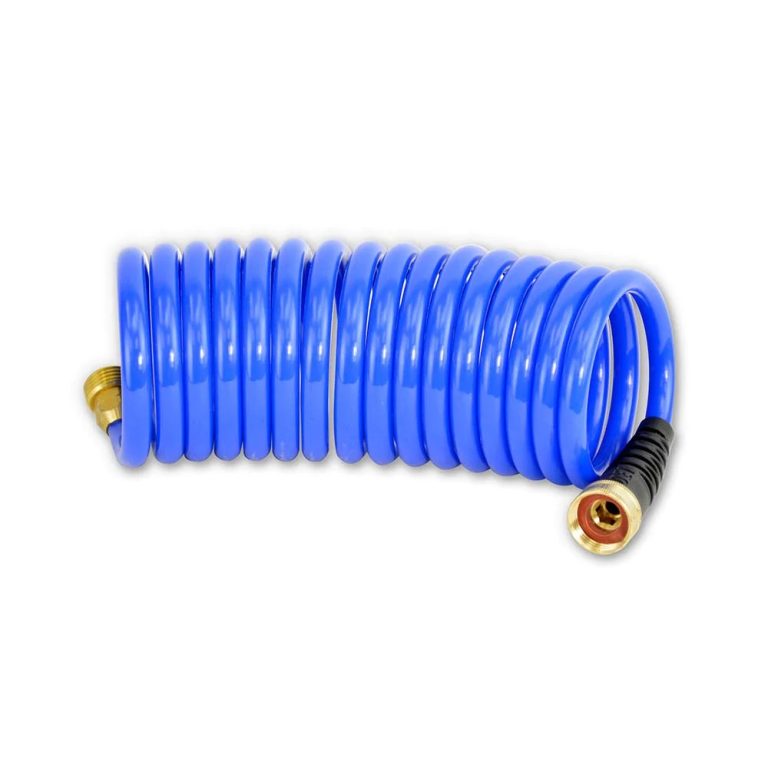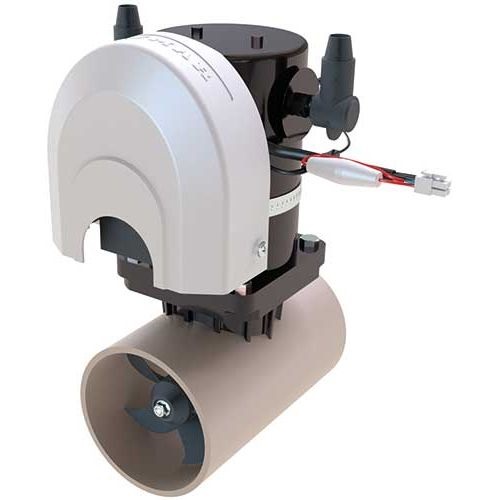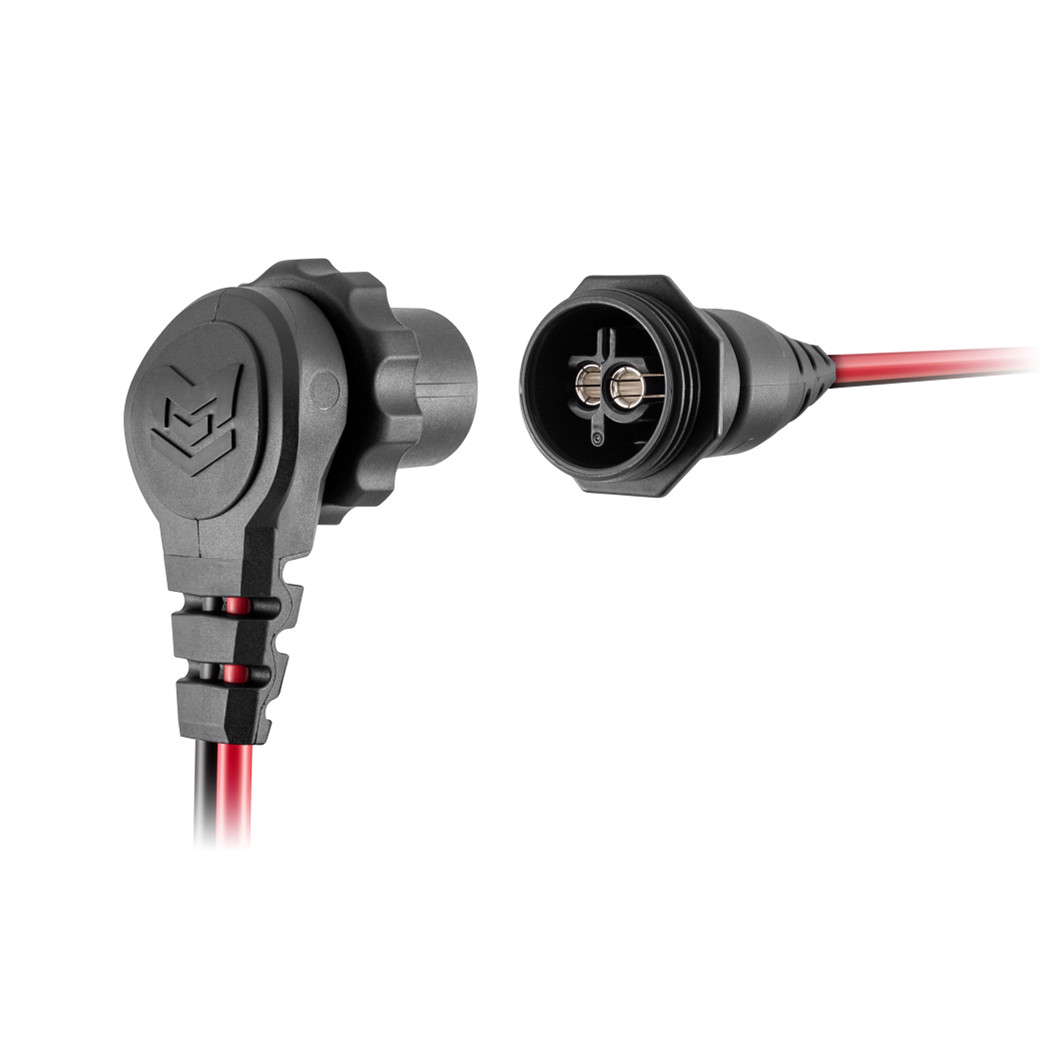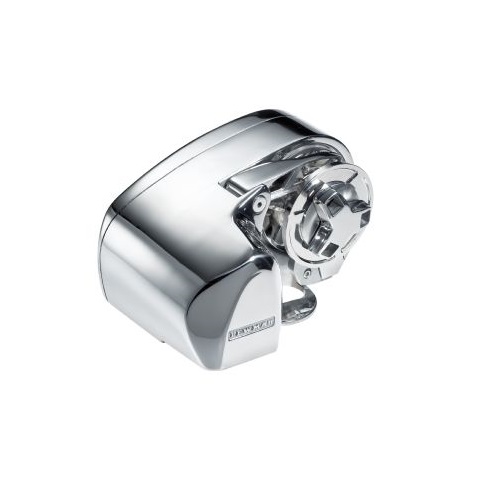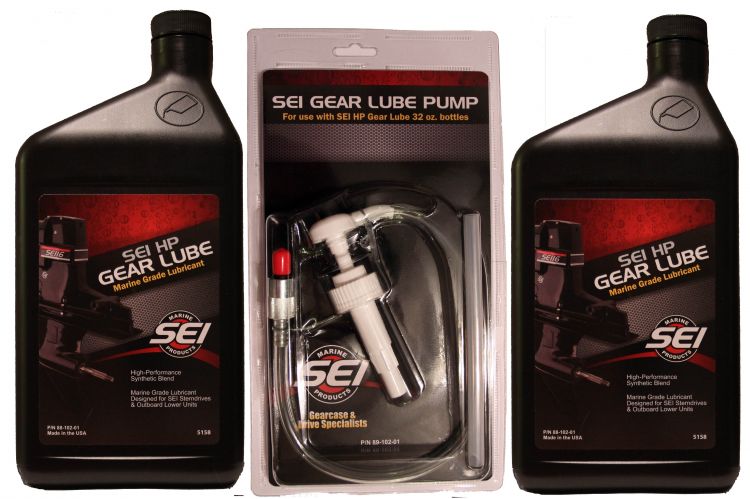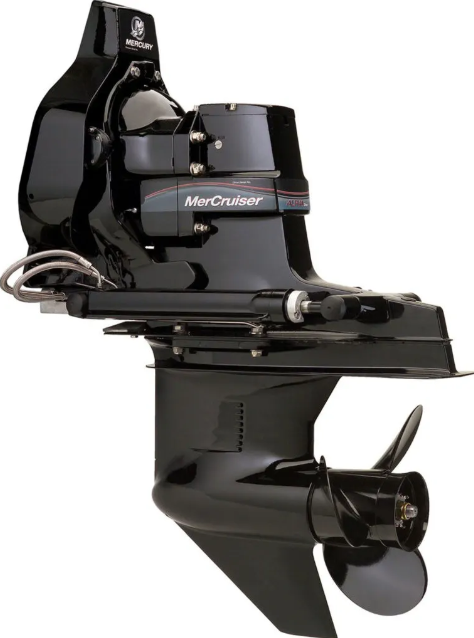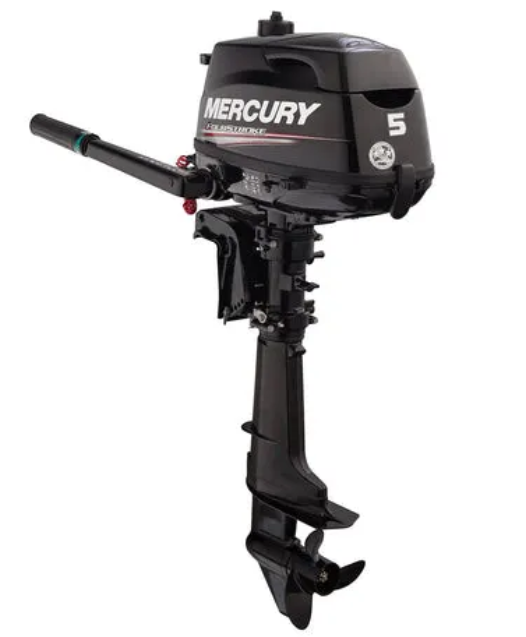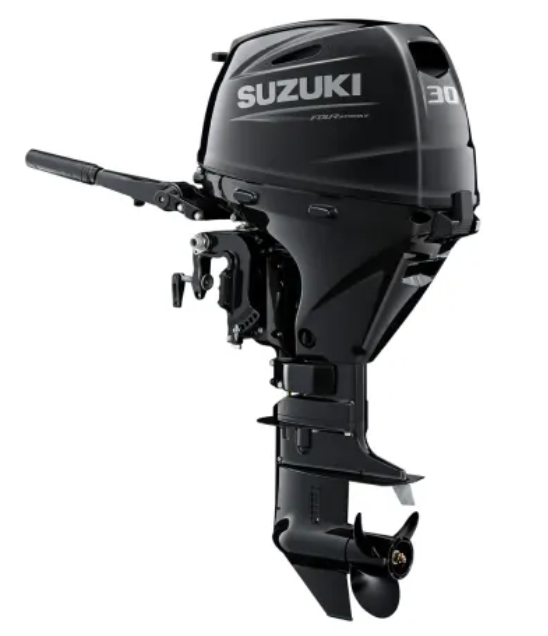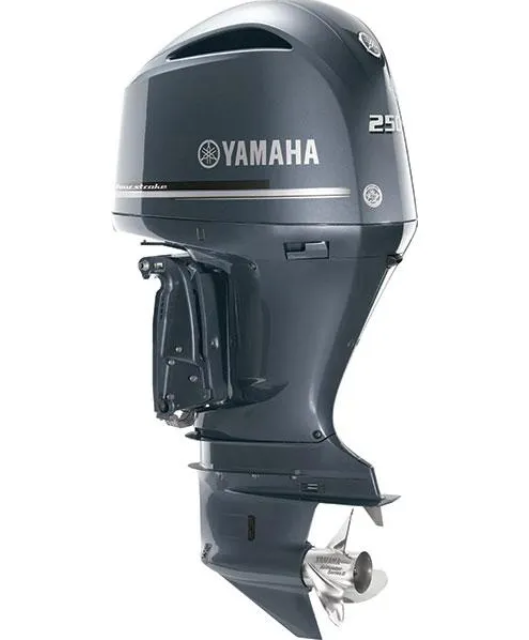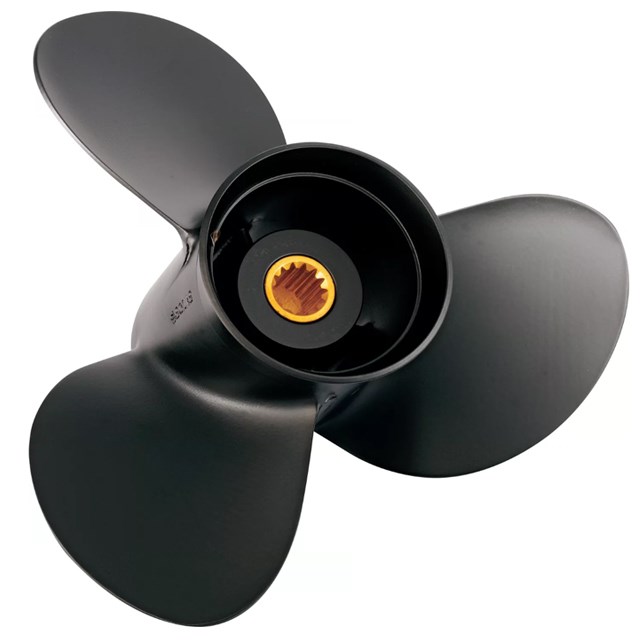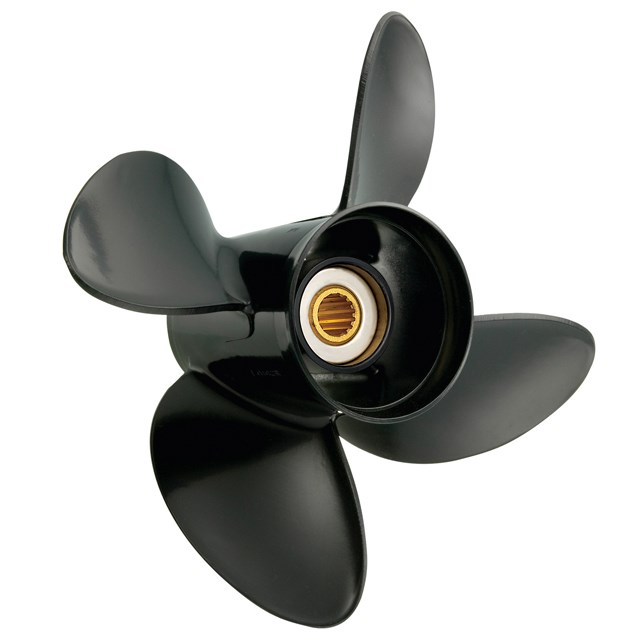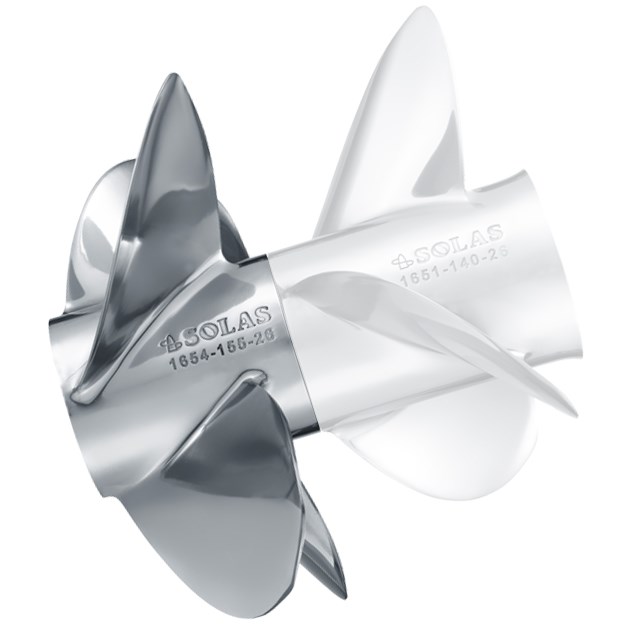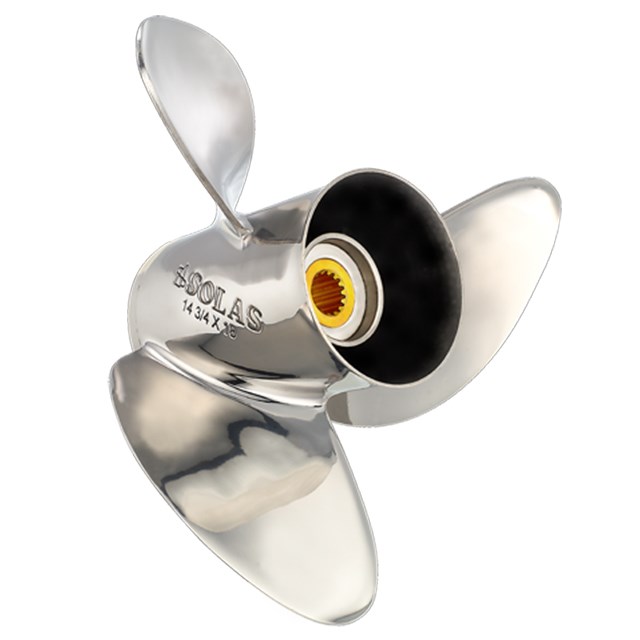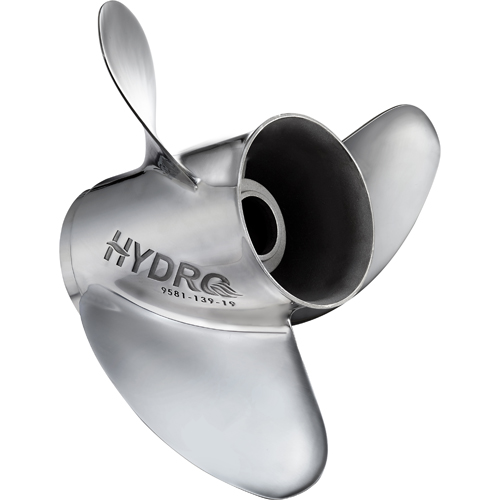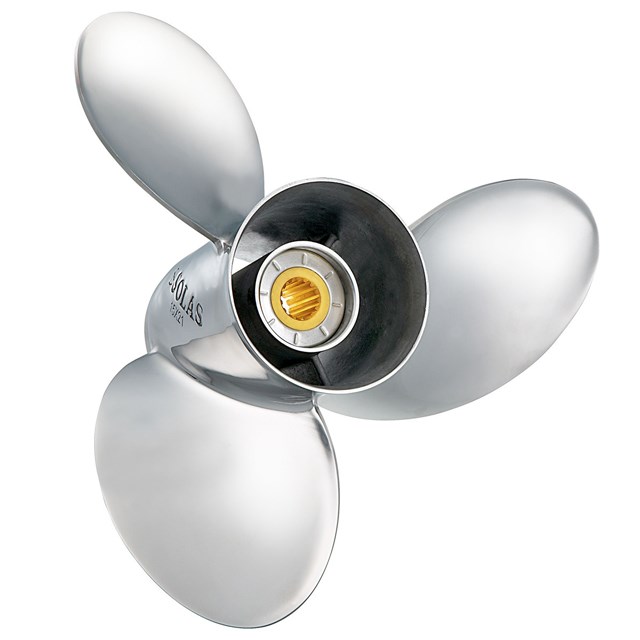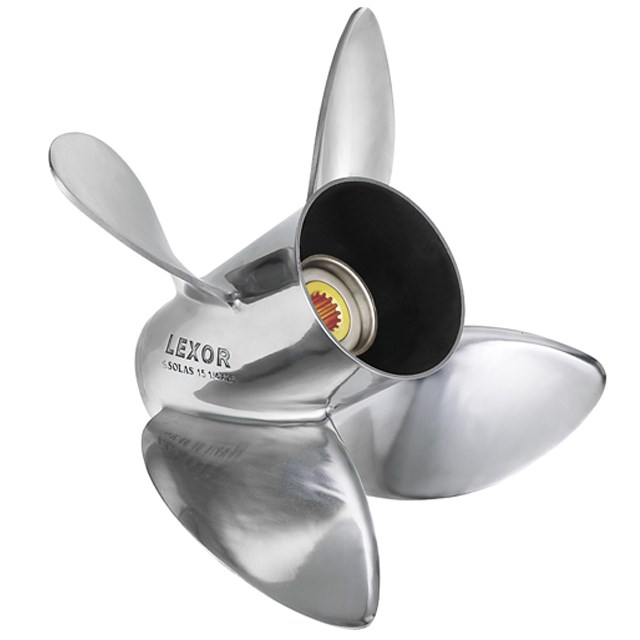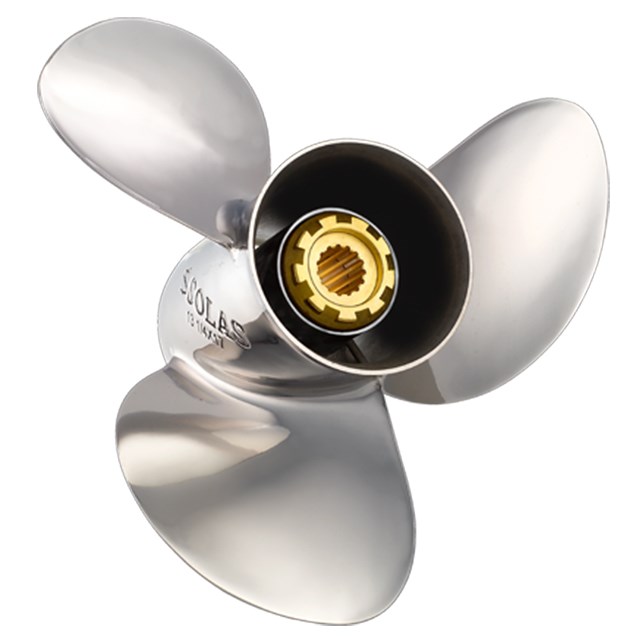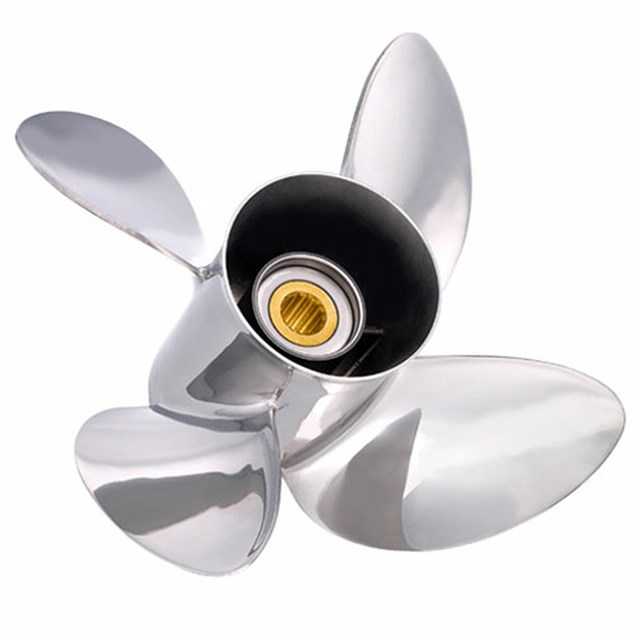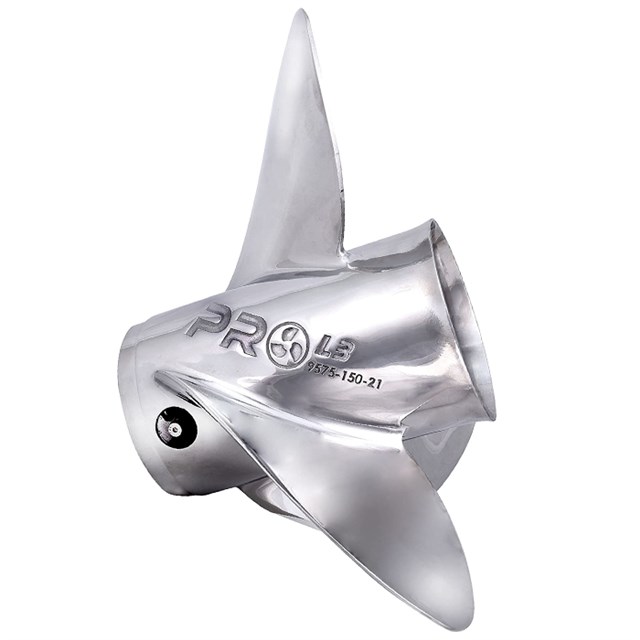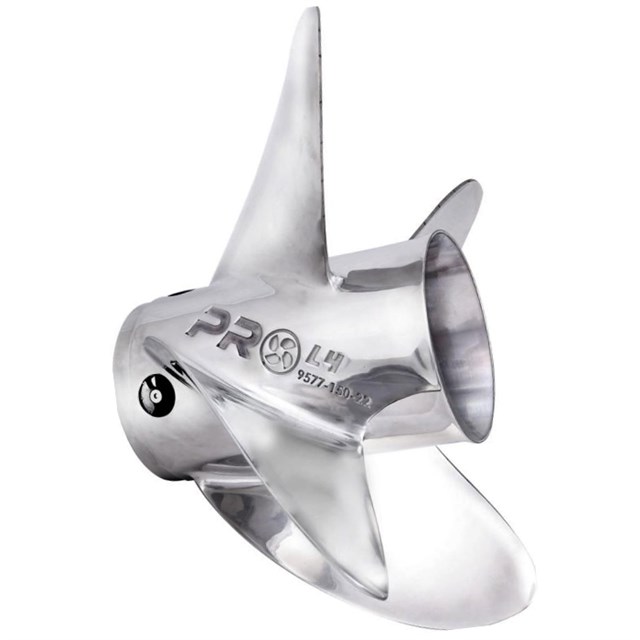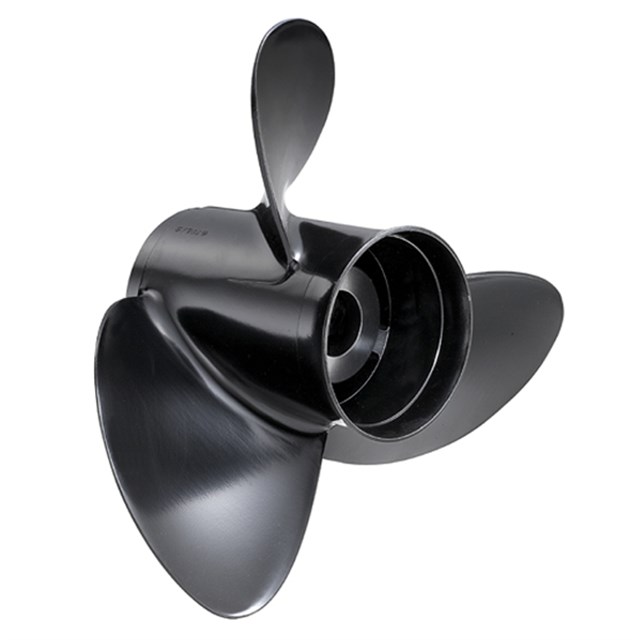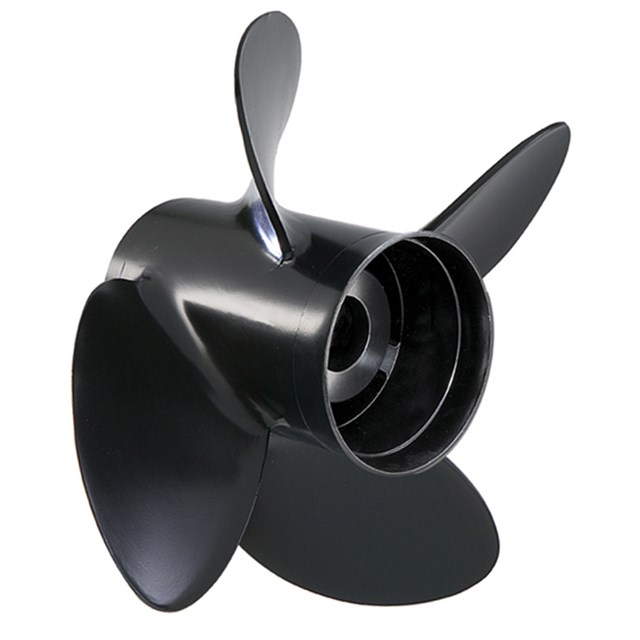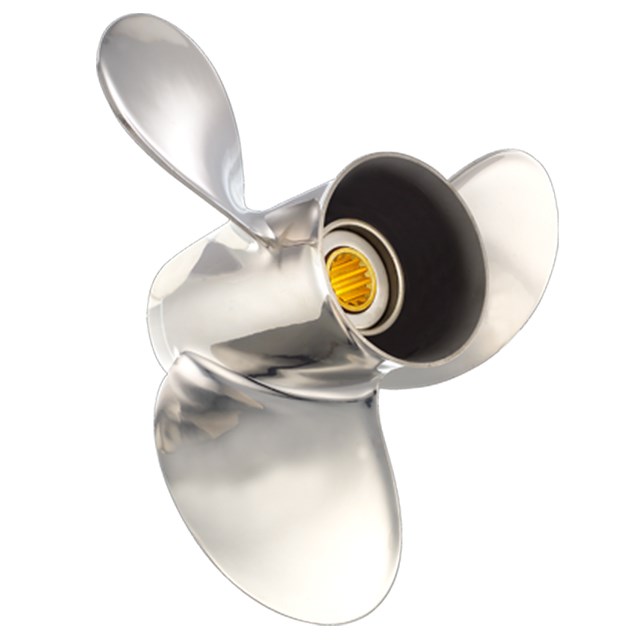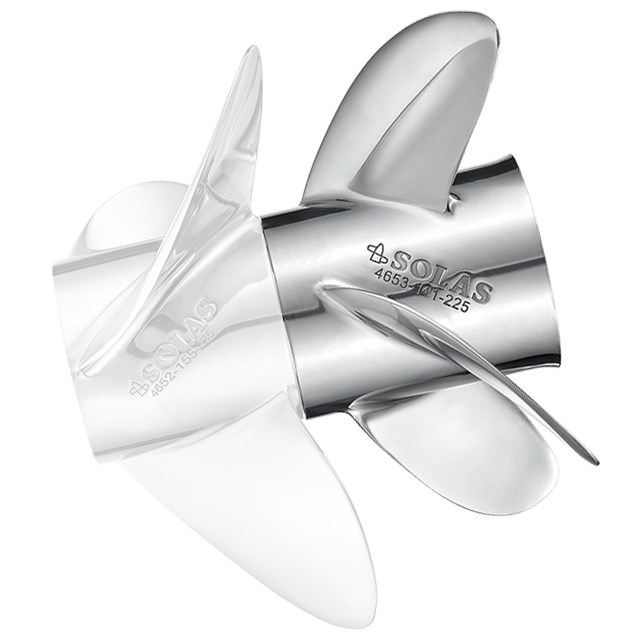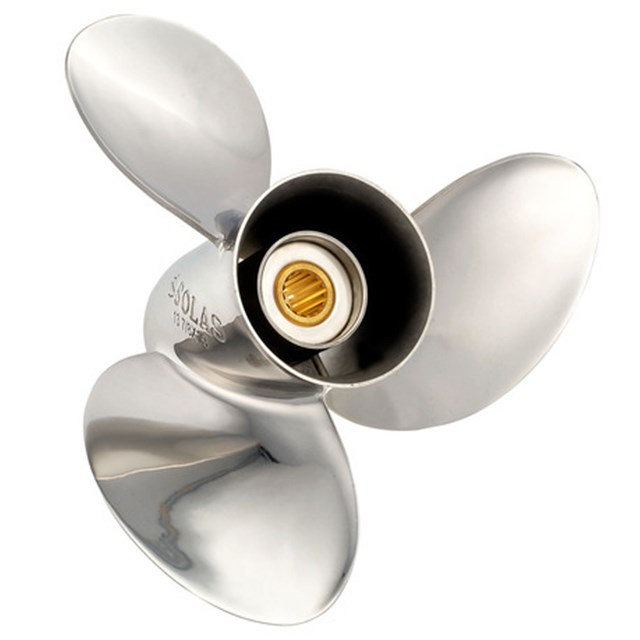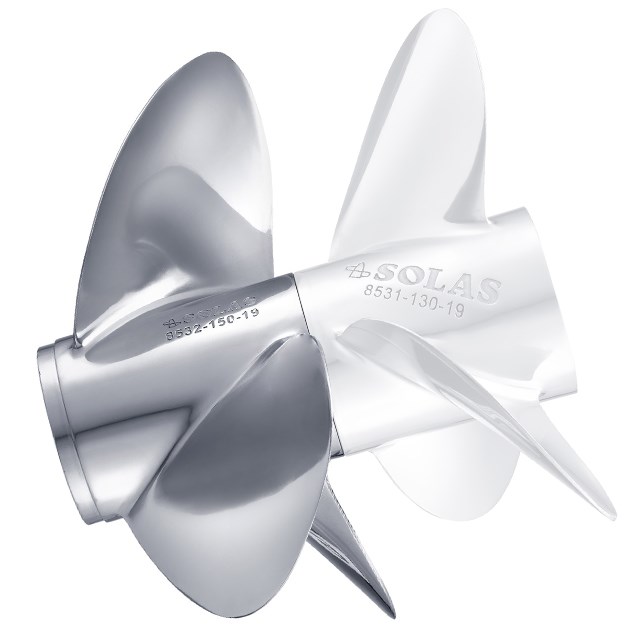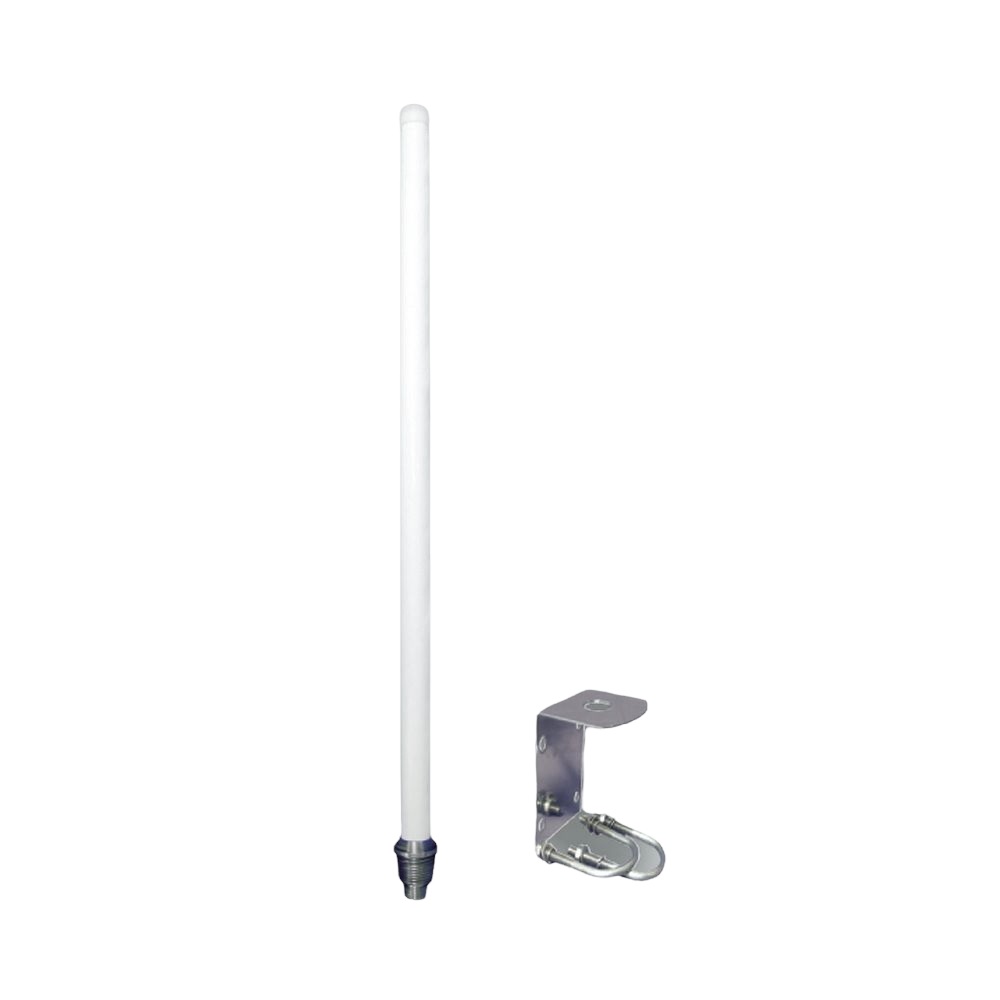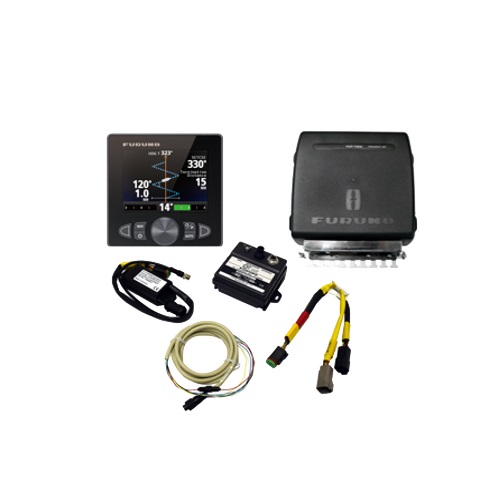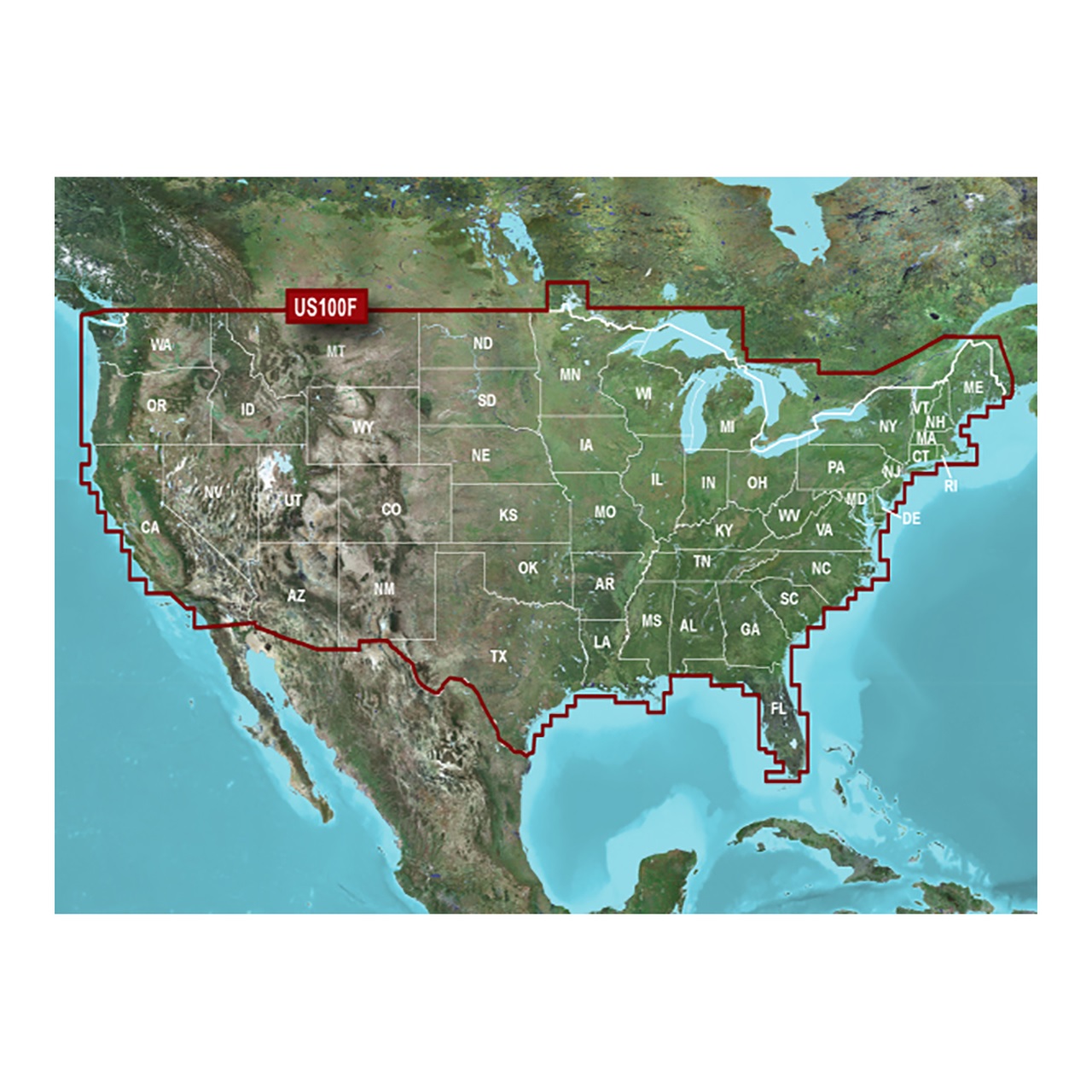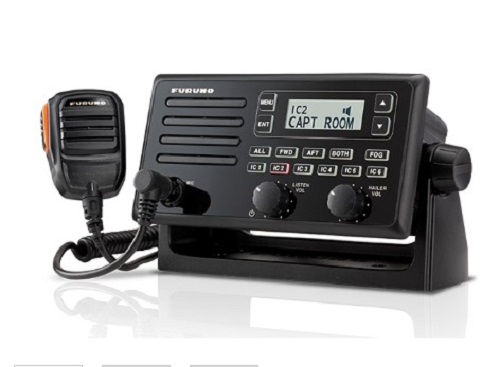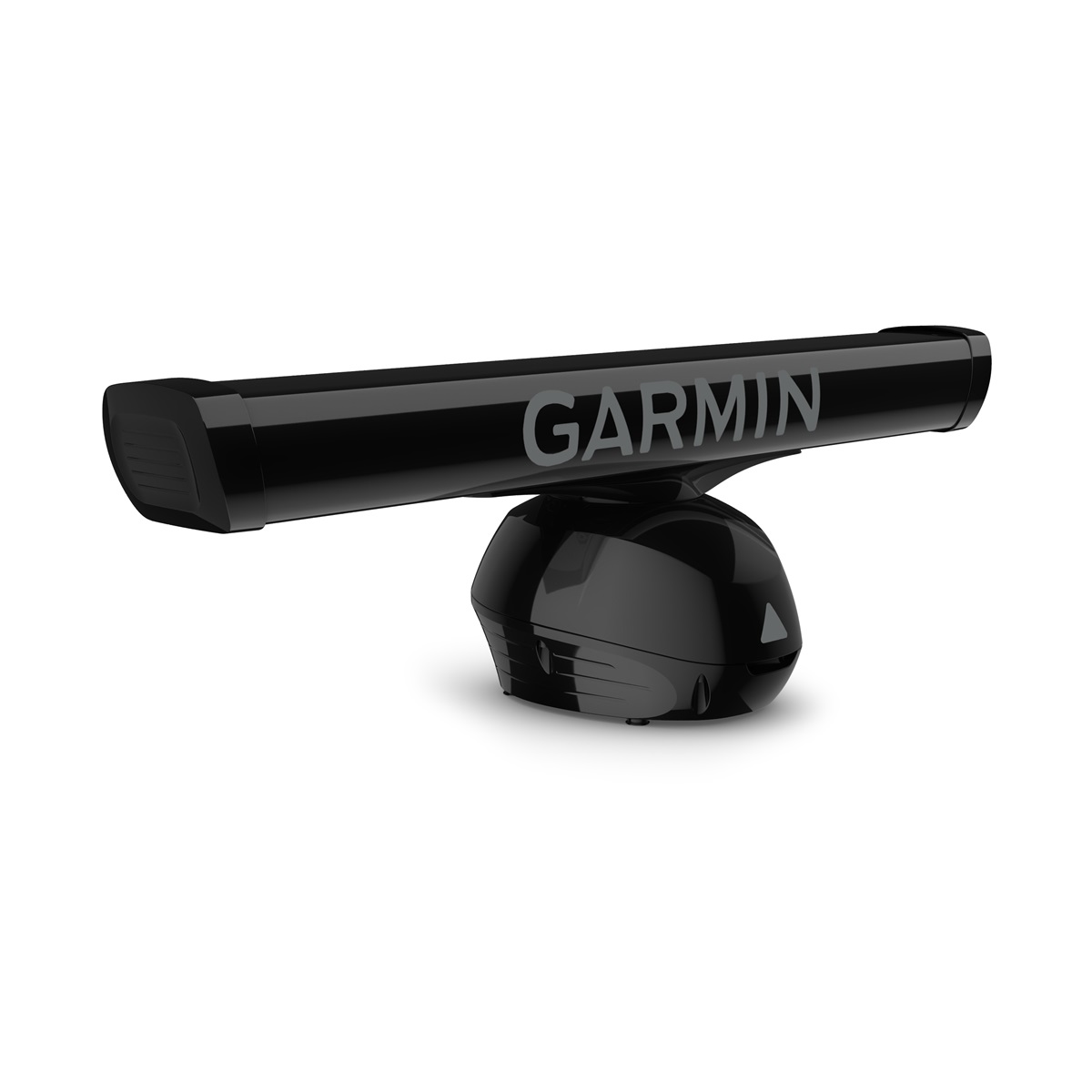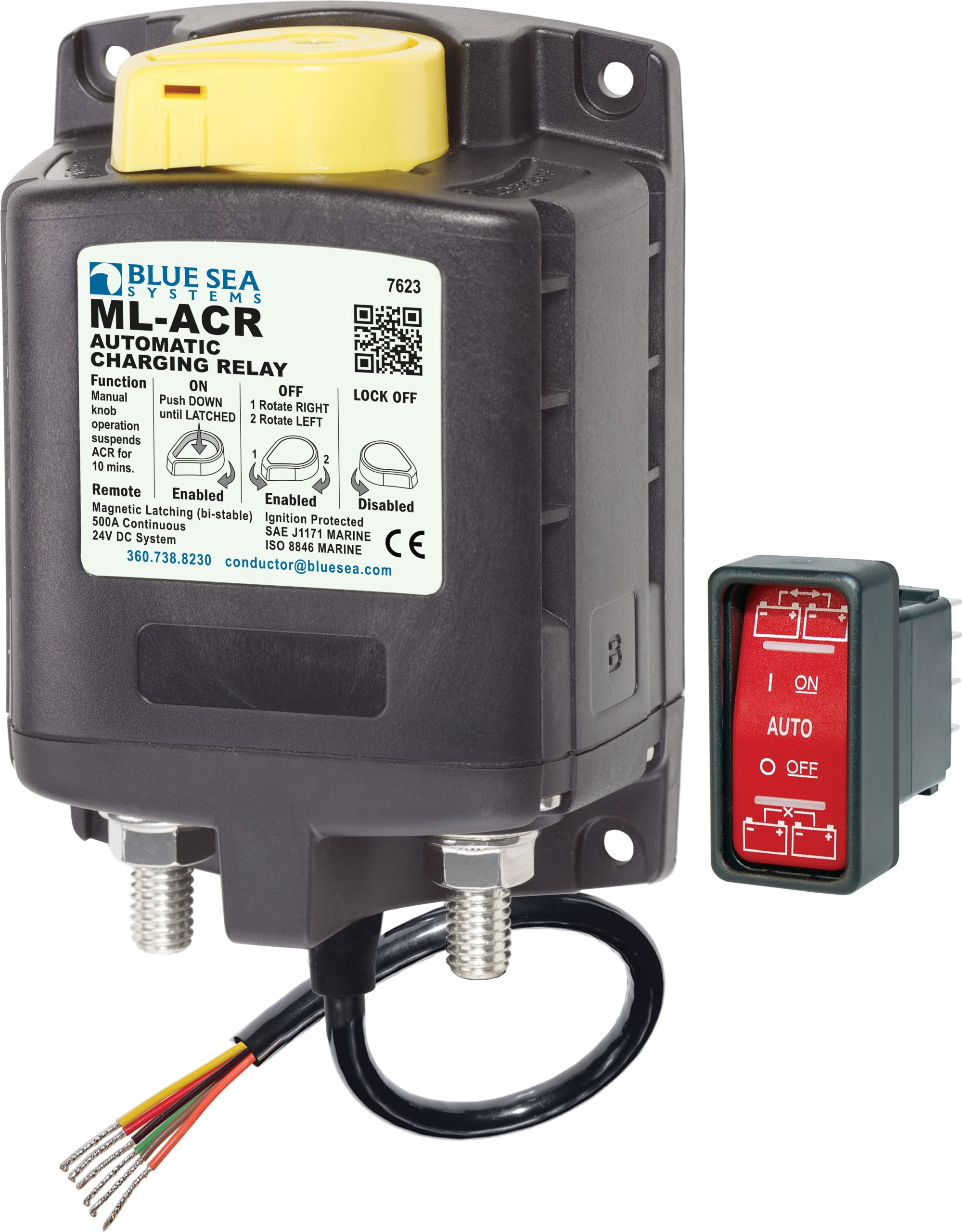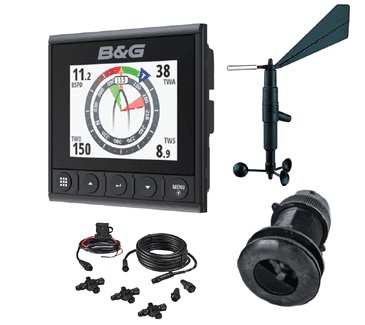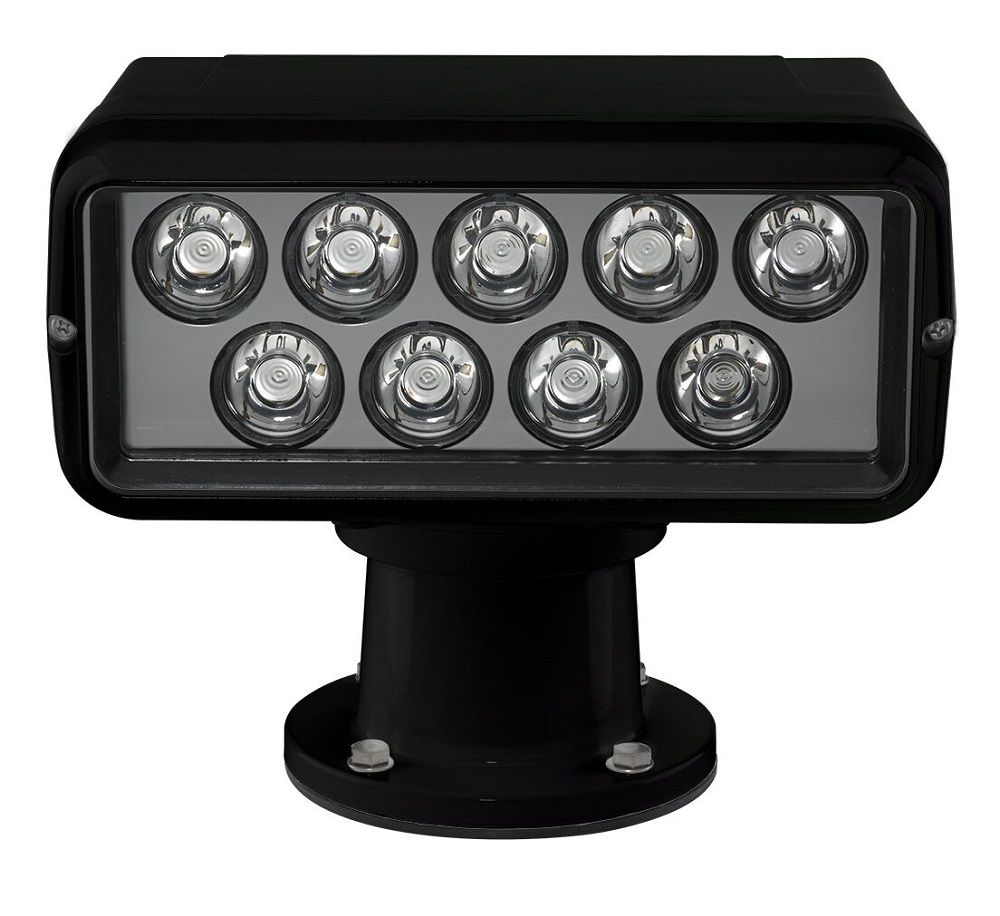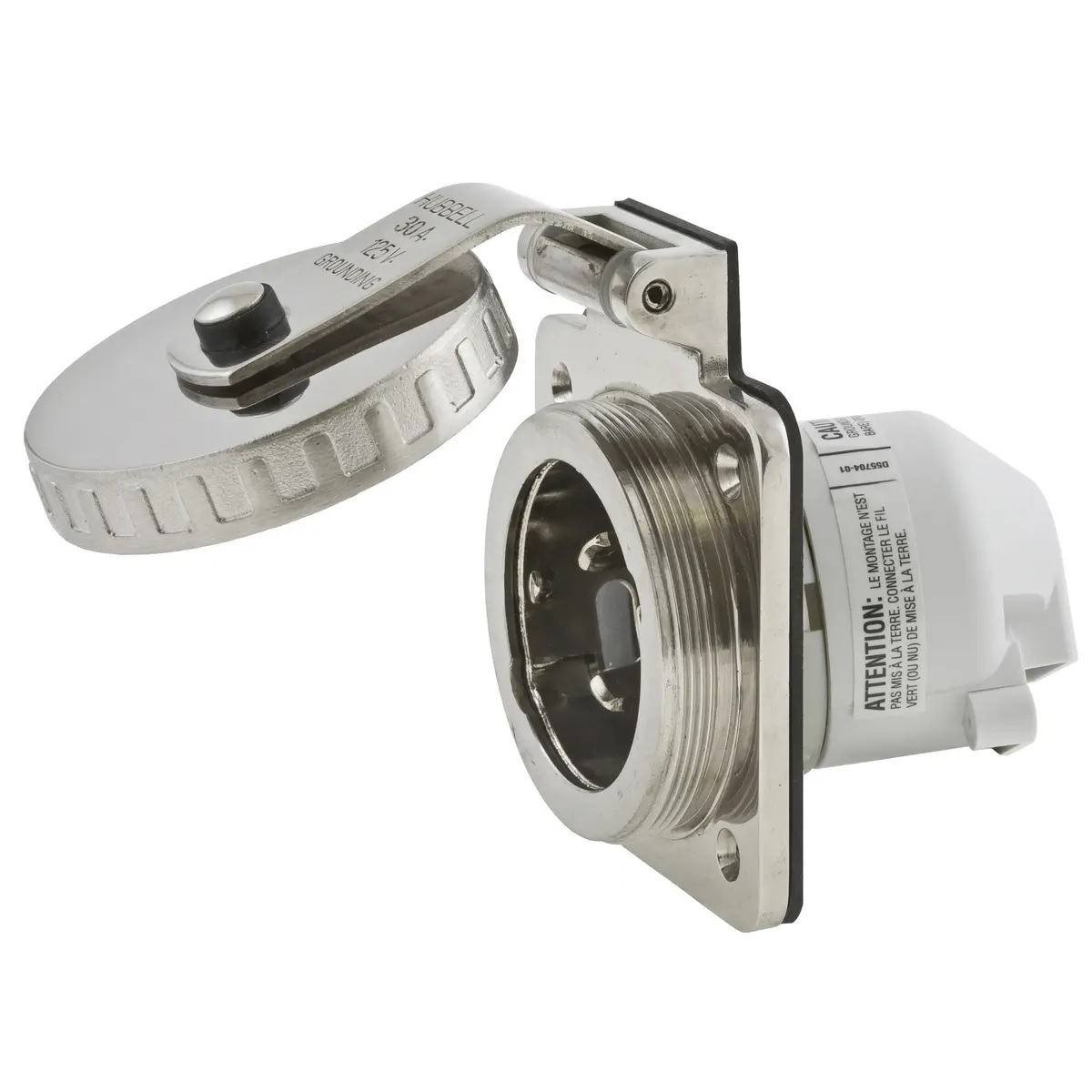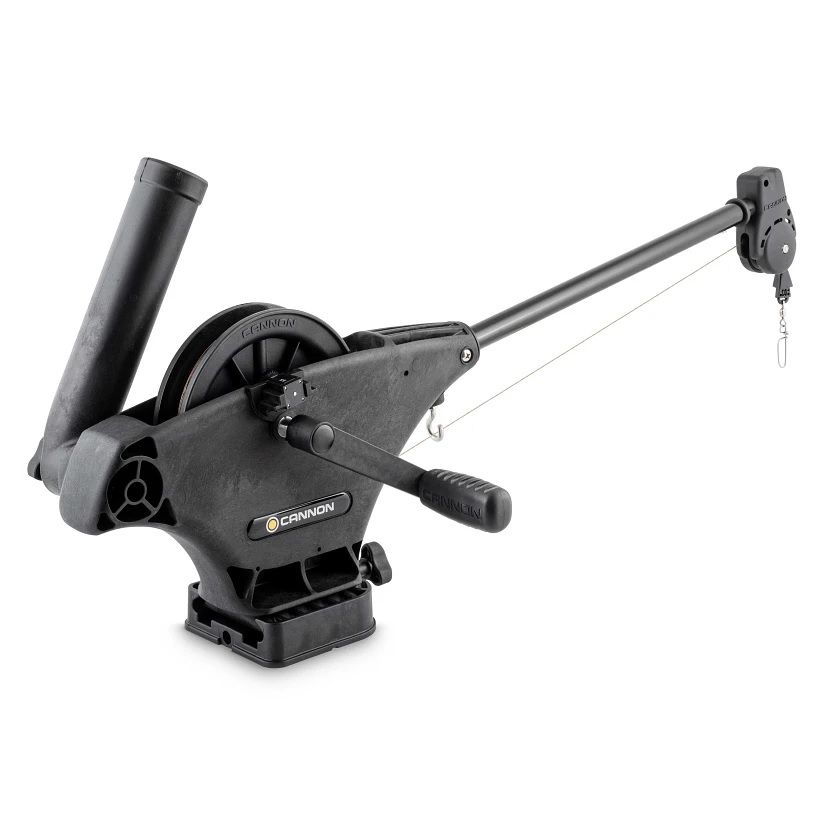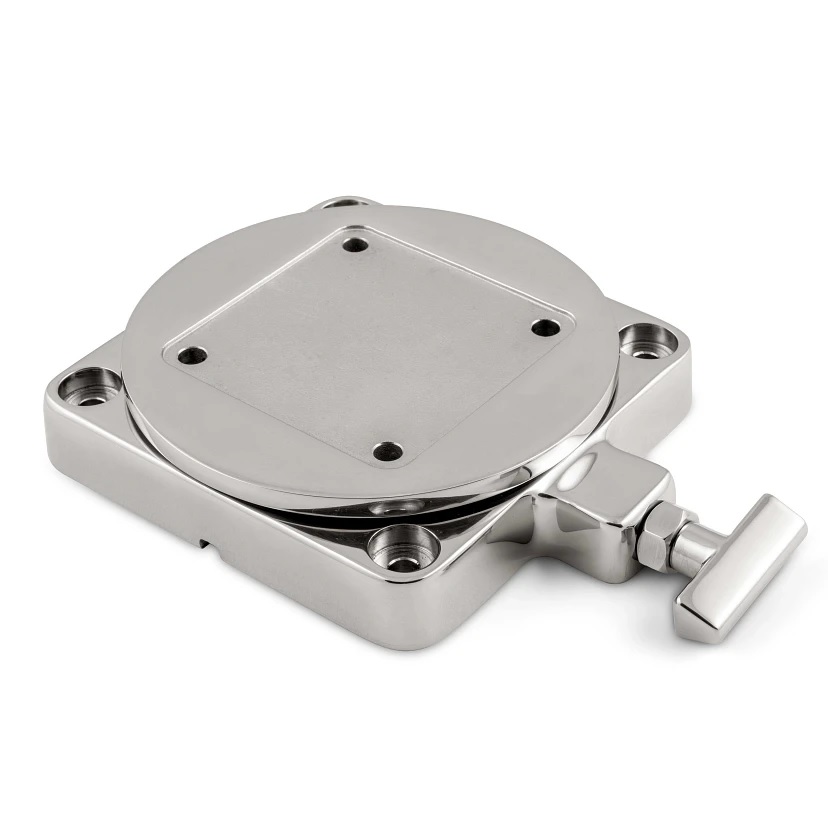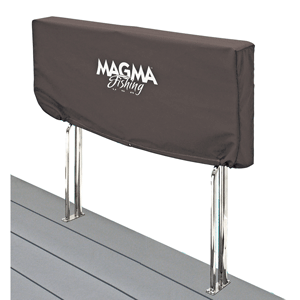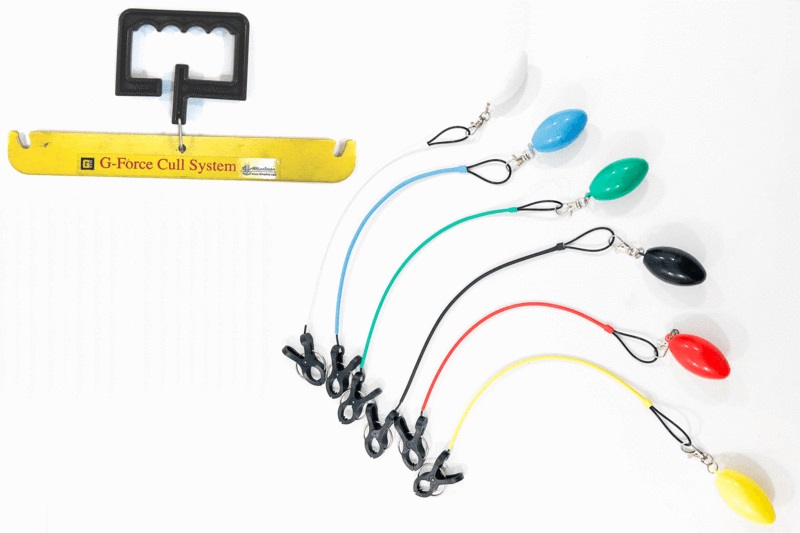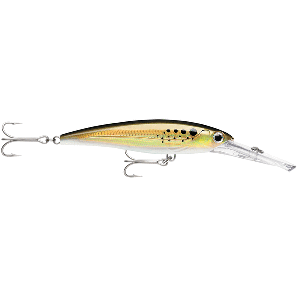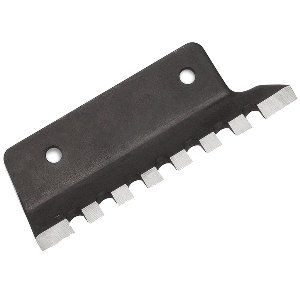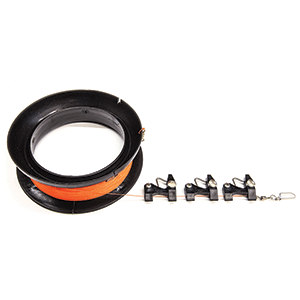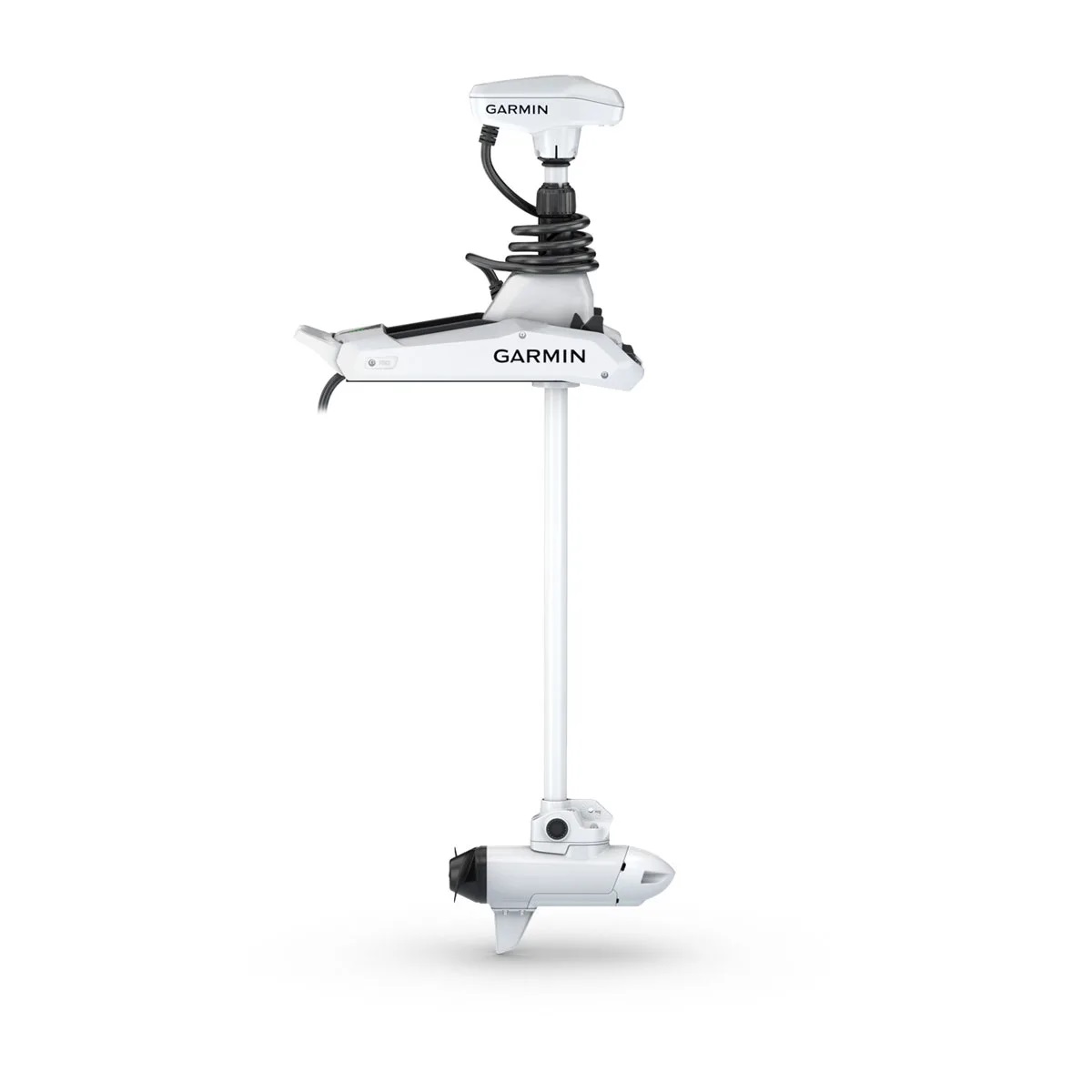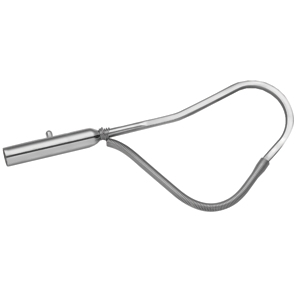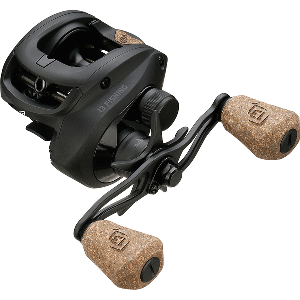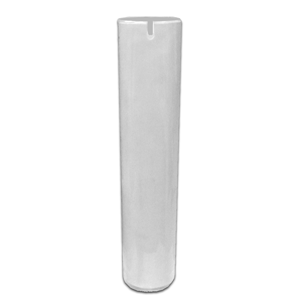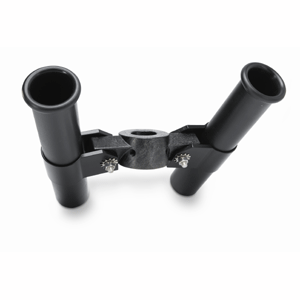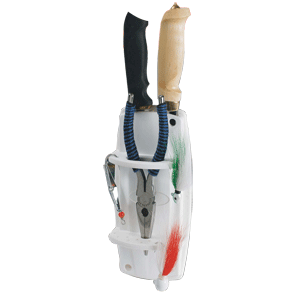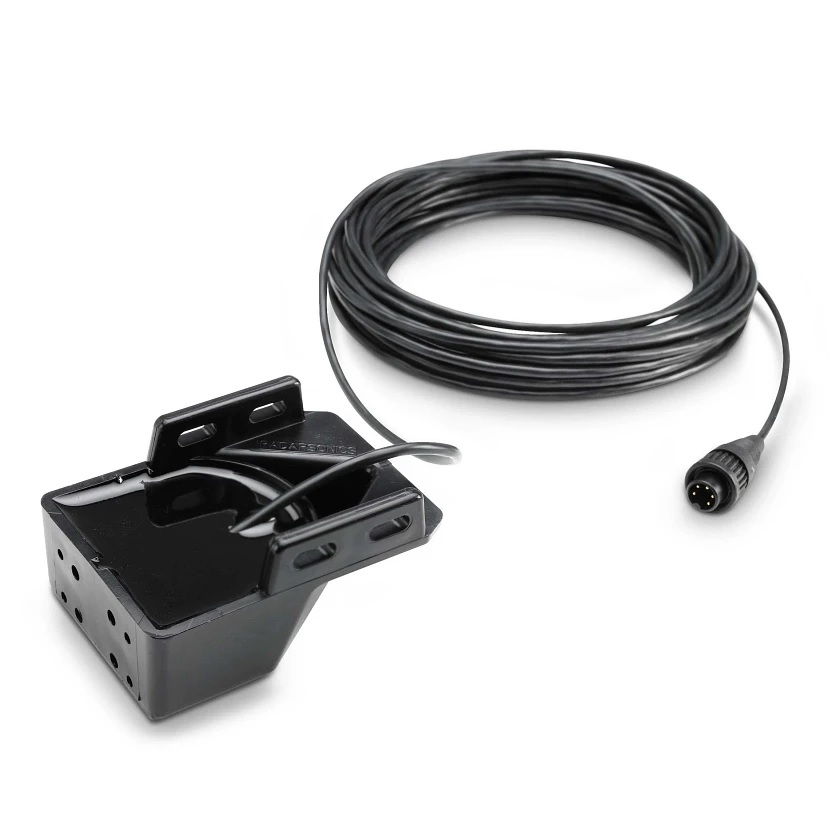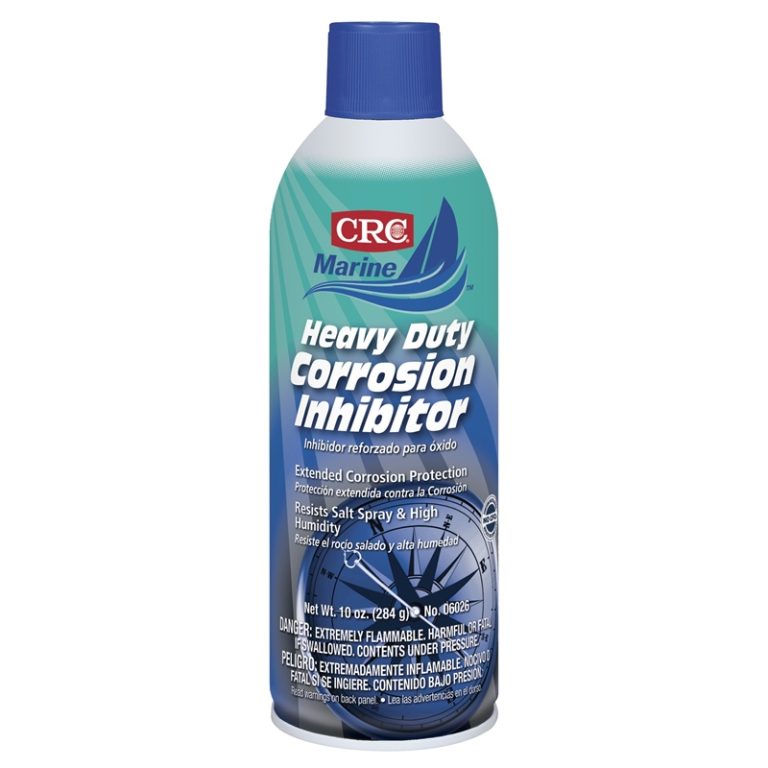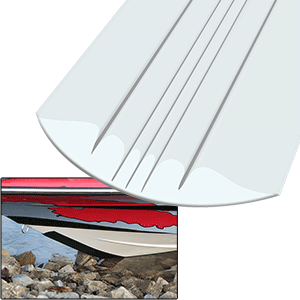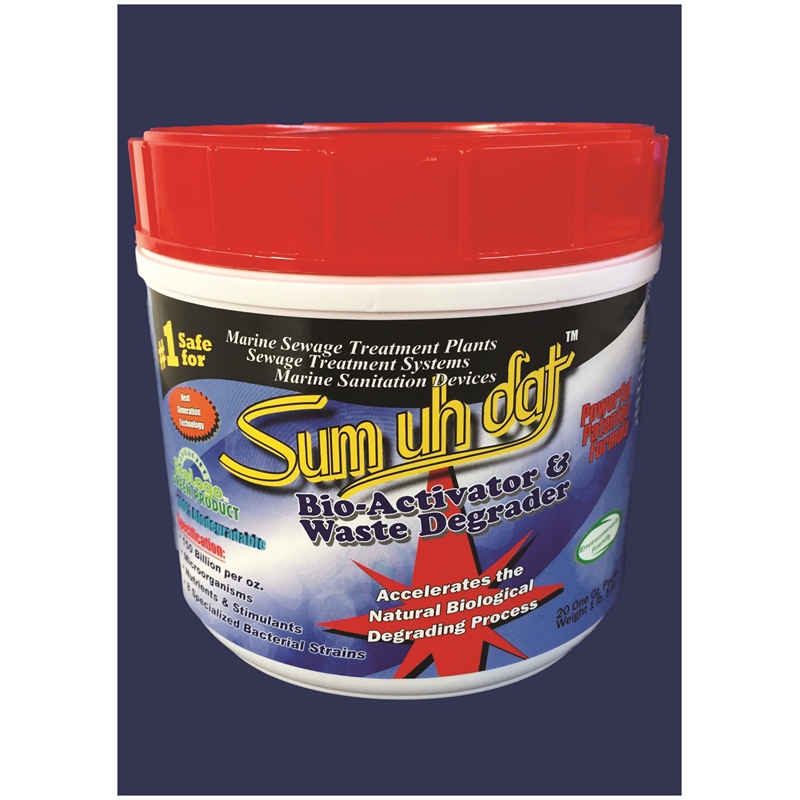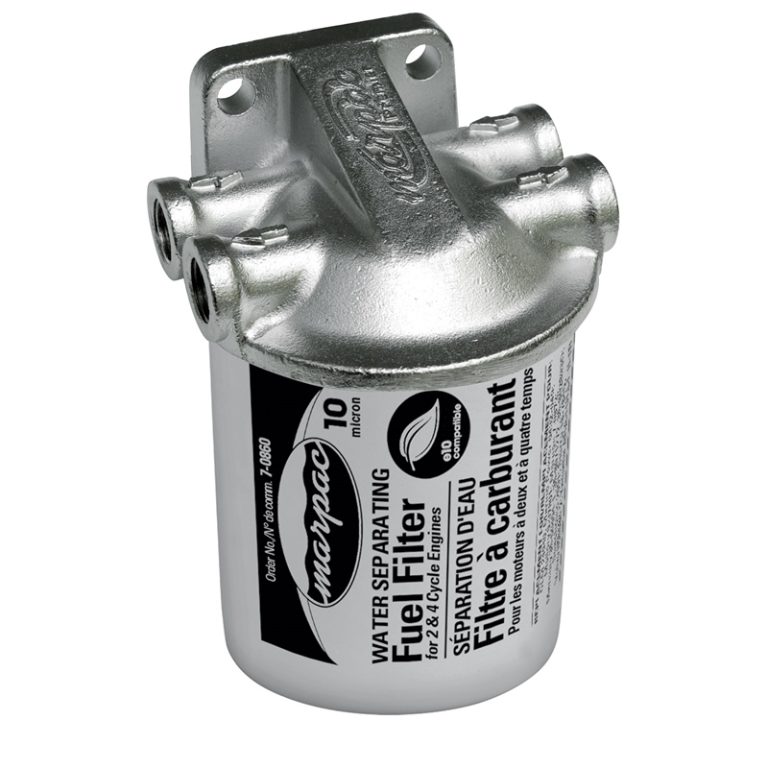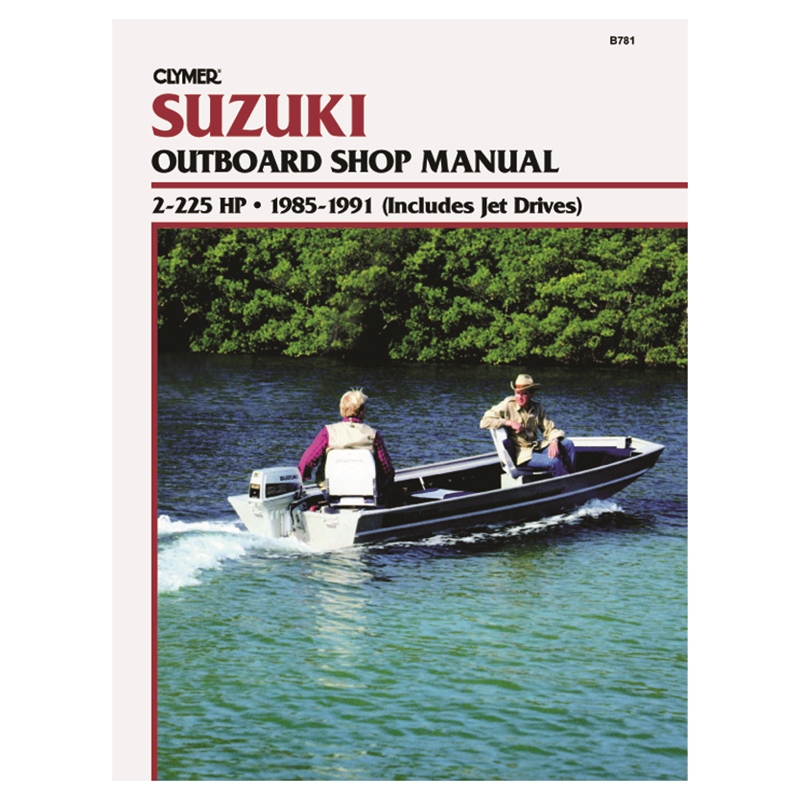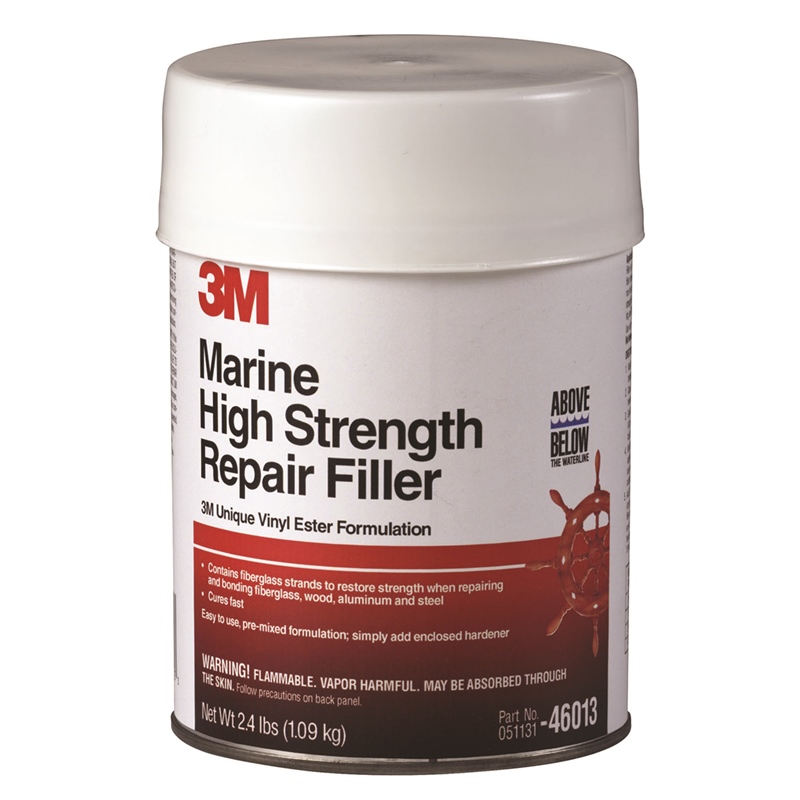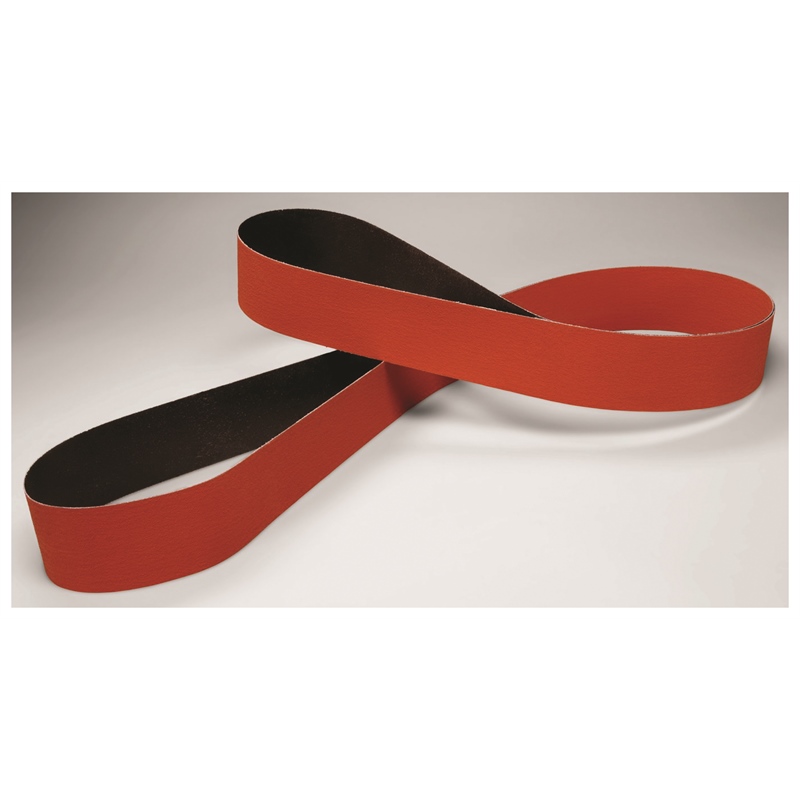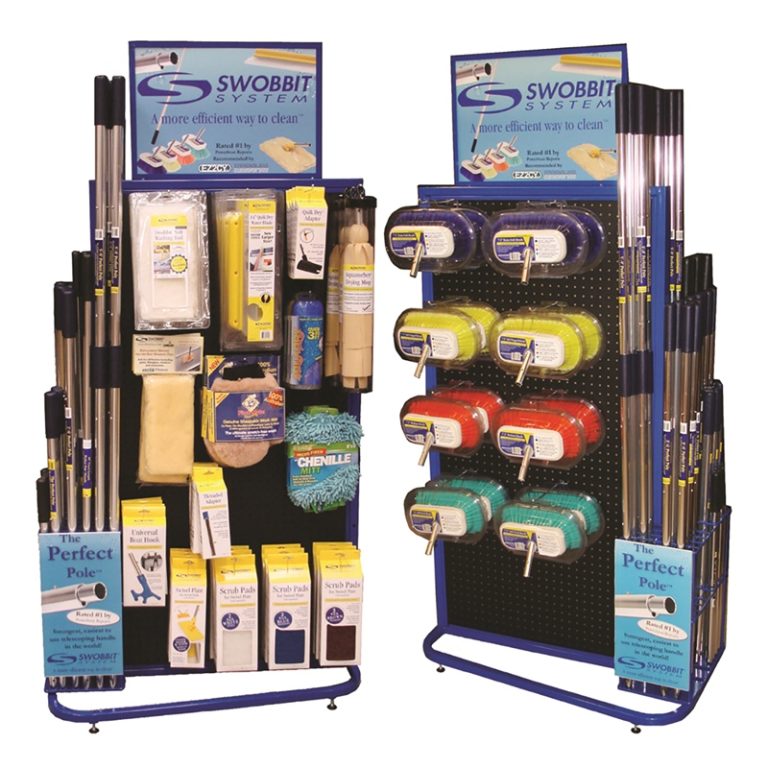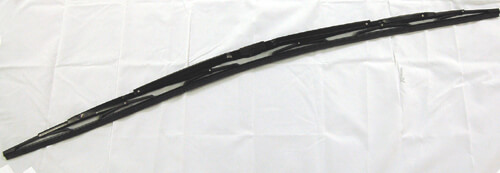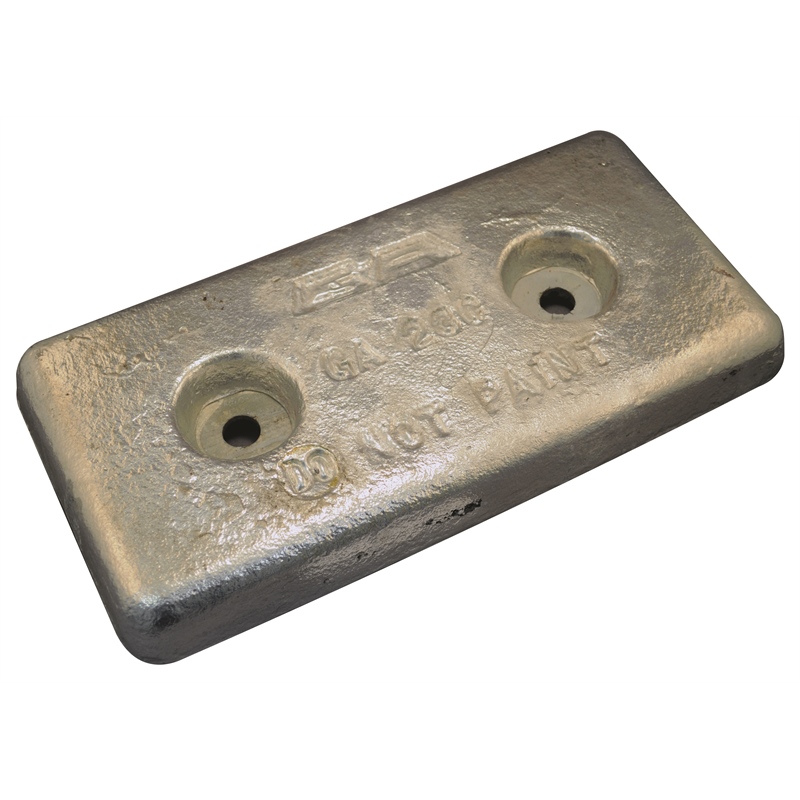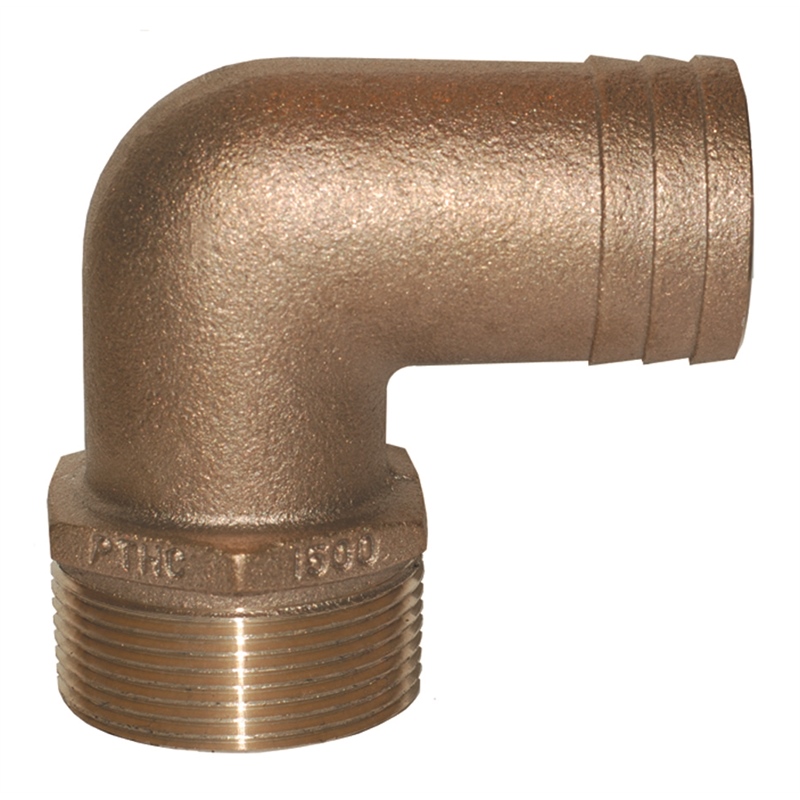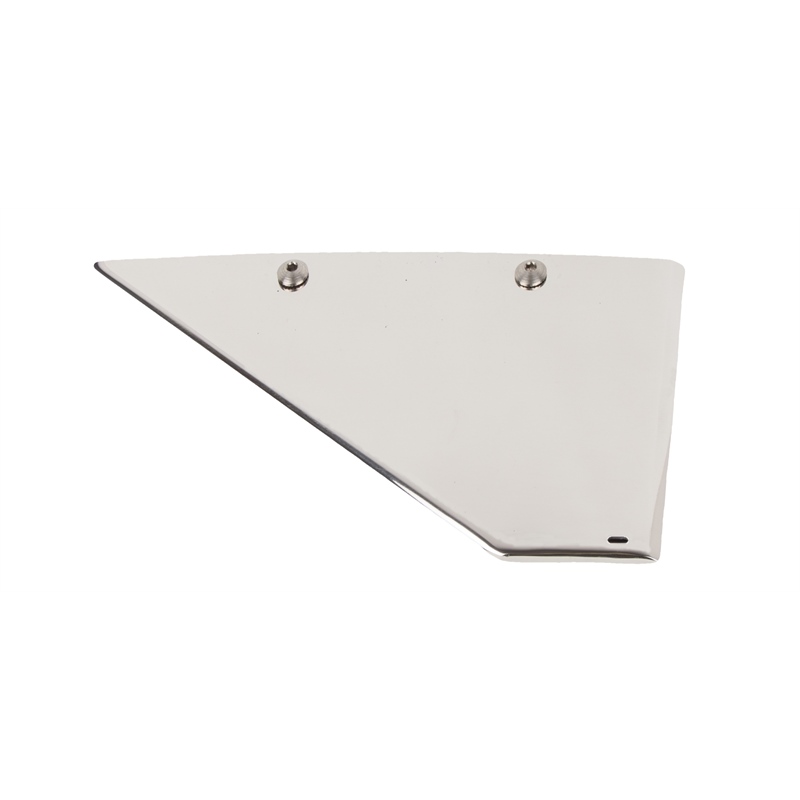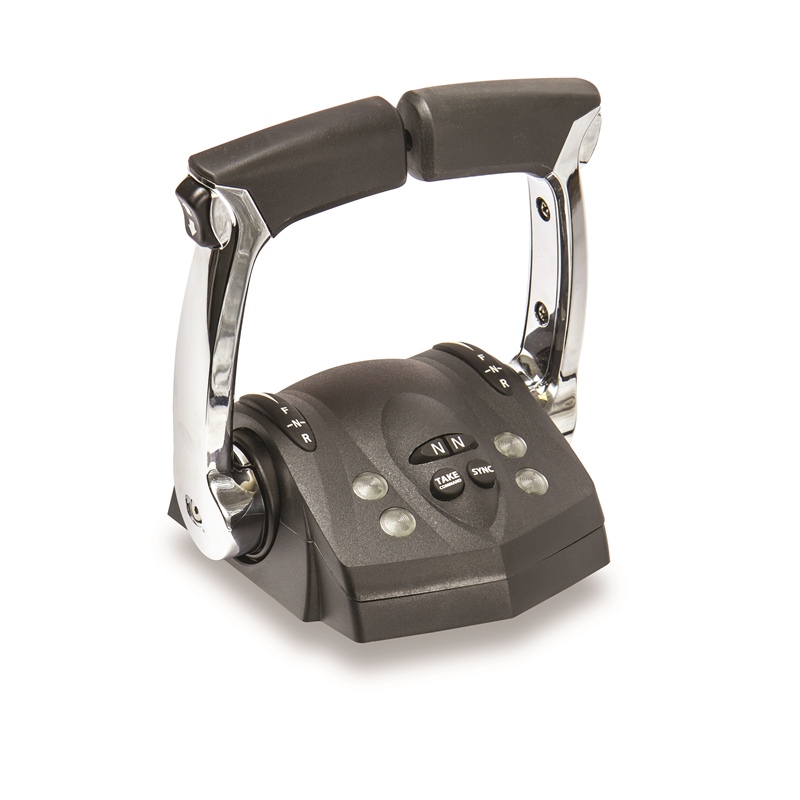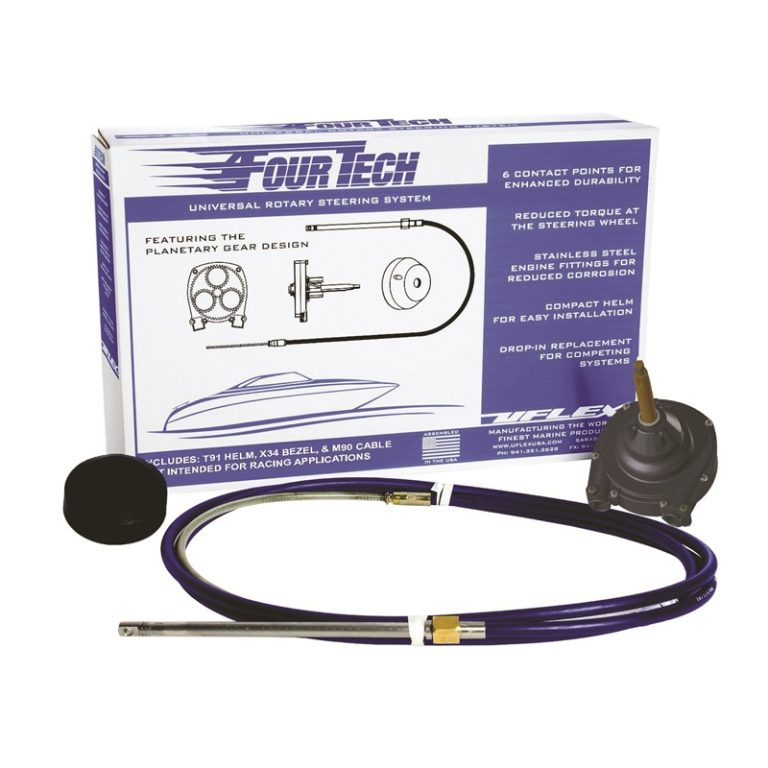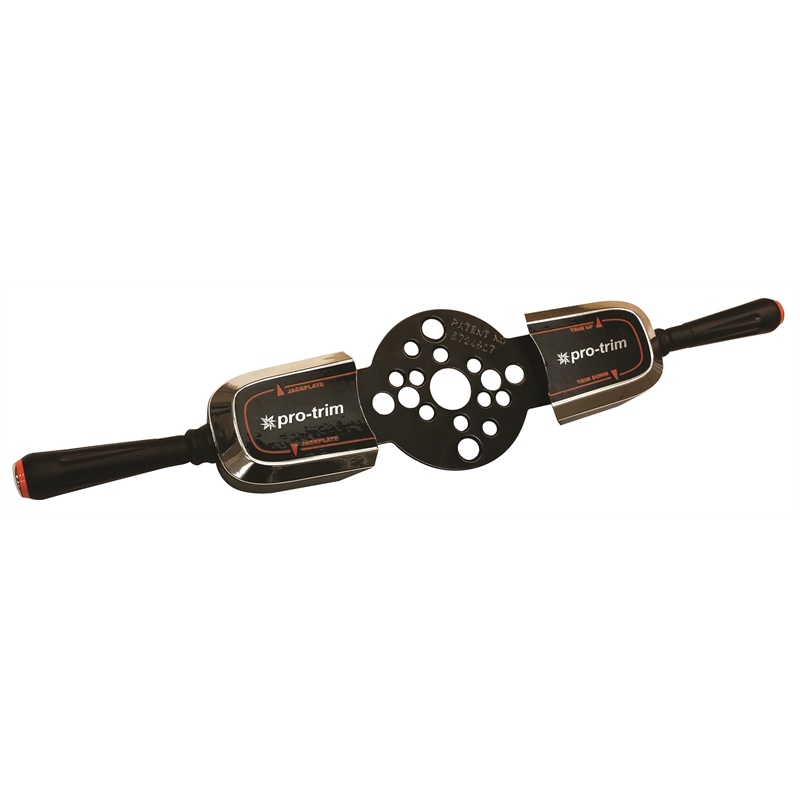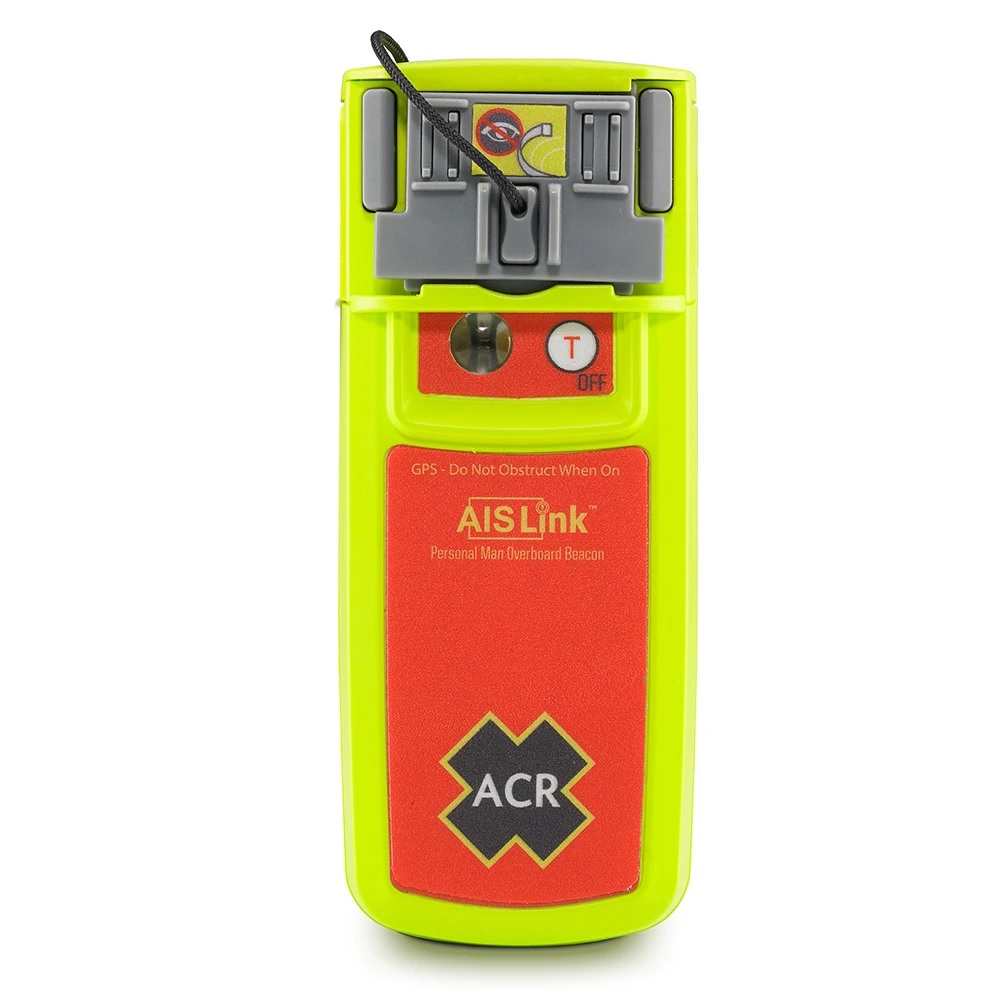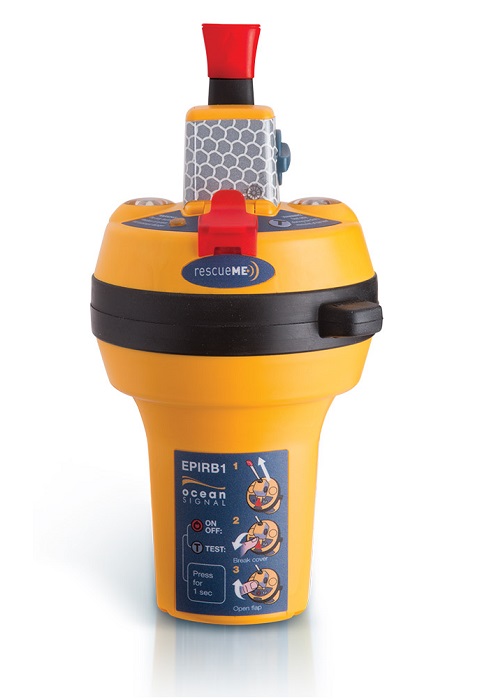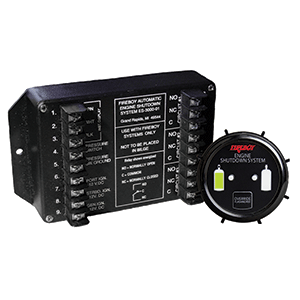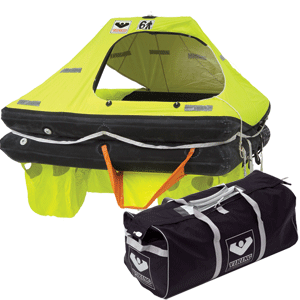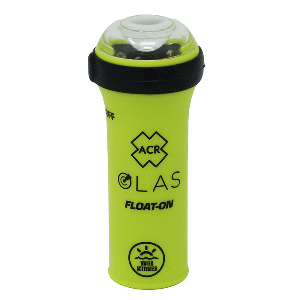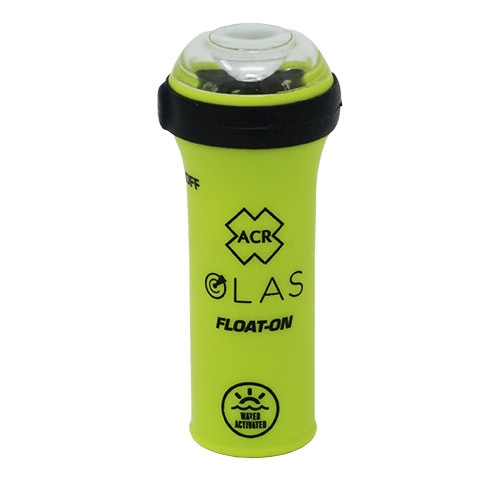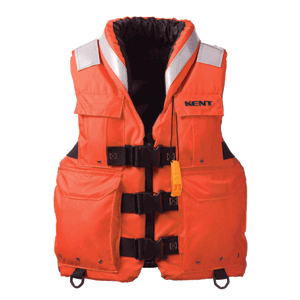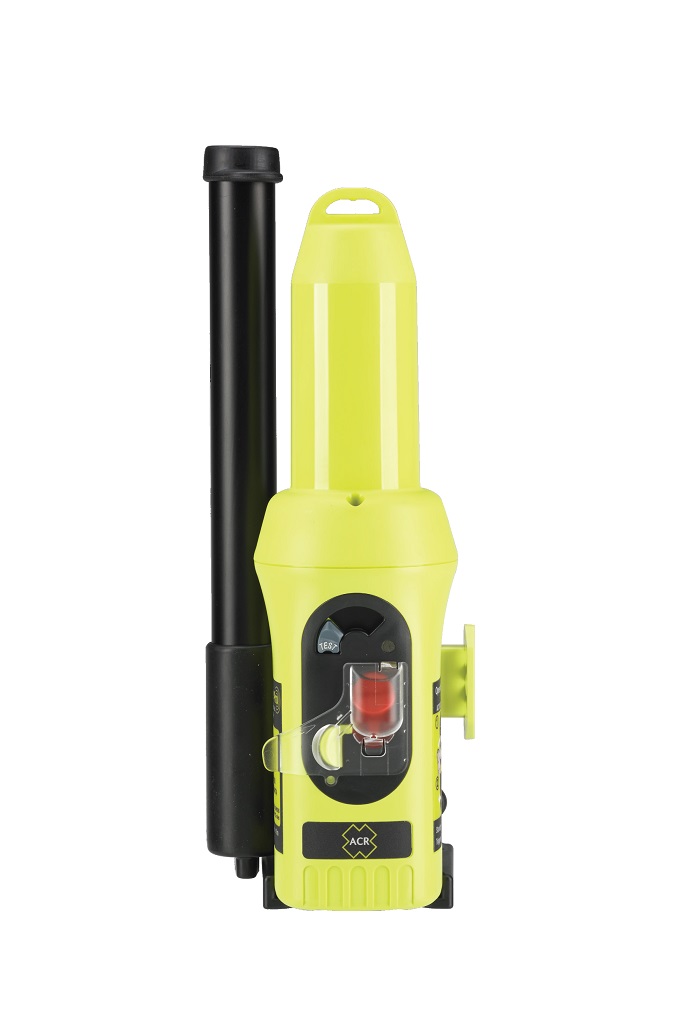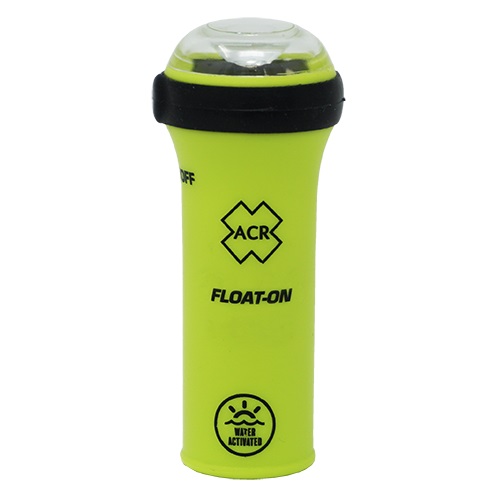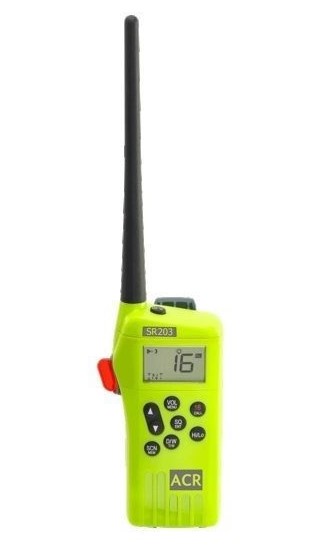Suzuki Lower Unit Oil Capacity: The Complete Guide for Every Outboard Owner
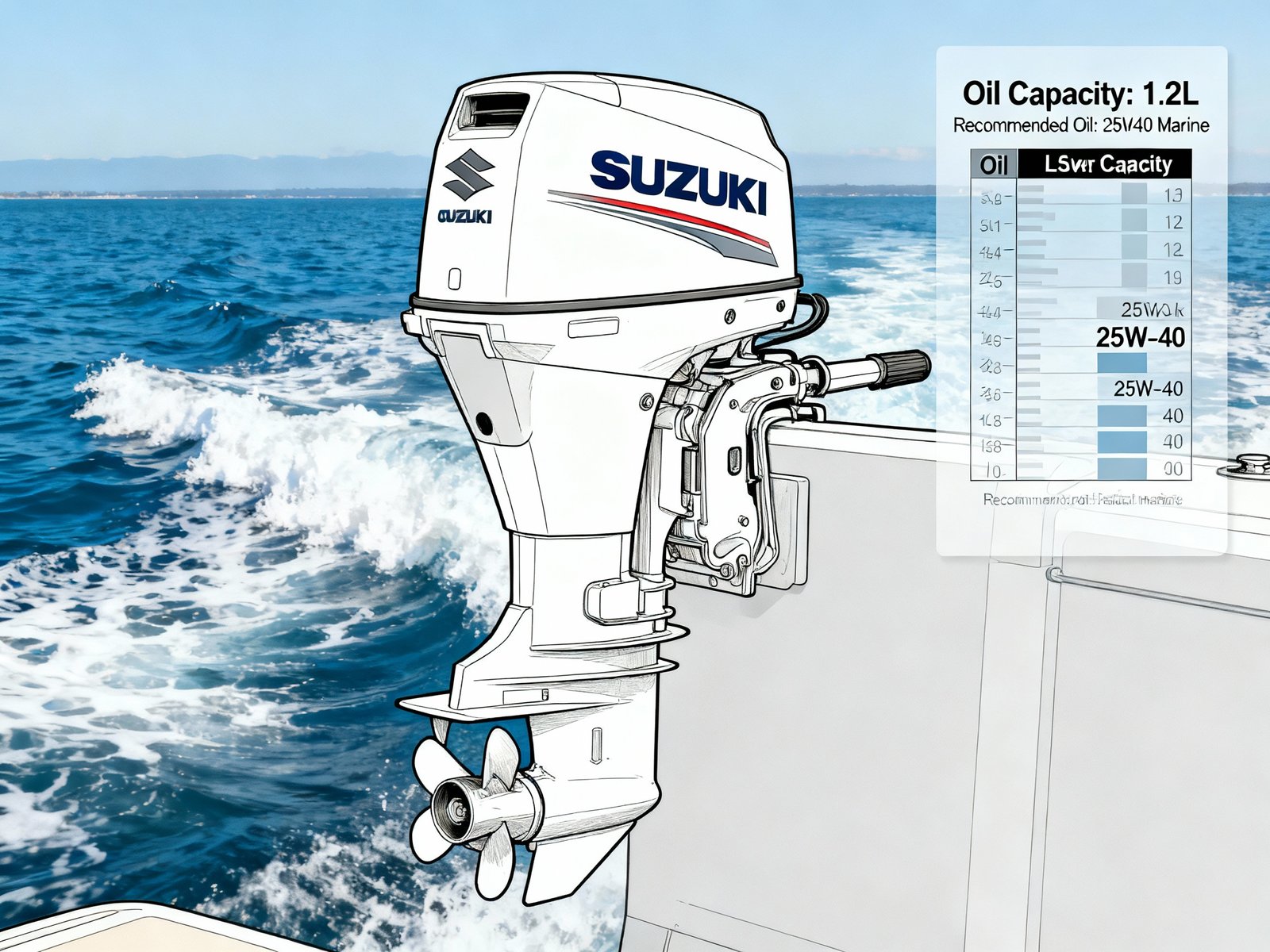
Maintaining your Suzuki outboard’s lower unit oil isn’t just about routine—it’s the foundation for years of dependable boating. Knowing the correct oil capacity for your Suzuki lower unit is essential for smooth operation, maximum protection, and peace of mind on the water. If you’re searching for accurate details, practical advice, and a complete chart of Suzuki lower unit oil capacities by model, you’re in the right place.
Why Lower Unit Oil Capacity Matters
You might wonder: why does getting the oil capacity right matter so much? The answer is simple—using too little oil can starve the gears and bearings, causing expensive damage. Overfilling can lead to excessive pressure and oil leaks, risking seal failure. Sticking to the manufacturer’s specifications gives your outboard the optimal environment for reliability and performance.
How to Find Your Suzuki Lower Unit Oil Capacity
First, always check your Suzuki outboard owner’s manual. Each engine model and year may have slightly different requirements. If you can’t find the manual, use trusted online resources and capacity charts provided by marine dealers or Suzuki parts retailers. Accurate information is crucial for a stress-free day on the water.
Suzuki Lower Unit Oil Capacity Chart
Here’s a general reference chart for popular Suzuki outboard models and their approximate lower unit oil capacities. (Always confirm with your specific manual or an official chart.)
| Model | Approx. Oil Capacity (oz) | Approx. Oil Capacity (ml) |
|---|---|---|
| DT2 (Short Shaft) | 2.4 oz | 70 ml |
| DF4/6 | 6.4 oz | 190 ml |
| DT8C/9.9C/9.9CN | 5.9 oz | 175 ml |
| DF9.9, DF15 | 5.9 oz | 175 ml |
| DF20/25/30 | 7.8 oz | 230 ml |
| DF40, DF50 | 15.9 oz | 470 ml |
| DF60 – DF140 | 18.6 oz | 550 ml |
| DF150, DF175, DF200 | 33.8 oz | 1000 ml |
| DF250, DF300 | 37.2 oz | 1100 ml |
| DF350A, DF300B | 94.7 oz | 2800 ml |
Note: This is a guideline—some sub-models may have slight variations. Always double-check for your engine’s year and exact configuration before performing maintenance.
Best Practices for Changing Lower Unit Oil (and Staying Within Capacity)
Measure Carefully: Use a graduated measuring cup or the markings on your gear oil pump for precision.
Don’t Guess: Never assume all engines take the same oil! Reference your chart or manual.
Wait for Oil to Settle: After filling, allow a few minutes for oil to settle before checking the final level.
Replace All Washers and Seals: Worn seals cause leaks and disrupt pressure balance.
Signs You May Have the Wrong Oil Level
If you notice any of these symptoms, check your lower unit immediately:
Oil weeping from seals or gaskets (overfilled or worn seals)
Milky oil when draining (water intrusion, but also check if you underfilled before)
Excess gear noise (potentially underfilled)
Difficulty shifting or overheating in the gearcase
Address the level promptly to protect your Suzuki lower unit and optimize on-the-water performance.
Frequently Asked Questions (FAQ)
Q: Can’t I just fill until it comes out the vent?
A: Filling until oil flows from the vent is the correct method—but always check the capacity to avoid overflows and confirm that excess air or old oil has fully drained before refilling.
Q: What happens if I put in too much oil?
A: Overfilling can create excess pressure during operation, which may blow out seals or cause leaks.
Q: What if I don’t put in enough oil?
A: Underfilling leads to poor lubrication, heat buildup, and rapid wear—shortening your lower unit’s lifespan.
Q: Where do I find the correct capacity for older Suzuki outboards?
A: Owner’s manuals are the best reference. If you’ve lost yours, check official Suzuki charts or consult an authorized dealer.
Q: Is the oil capacity different for 2-stroke vs. 4-stroke Suzuki outboards?
A: In general, yes. Always verify your exact model and year for the specified capacity.
Additional Resources & Pro Tips
Bookmark this guide. Keeping capacity information handy saves time on the dock or at the ramp.
Use only marine-specific lower unit gear oil. Standard automotive gear oils do not provide the right protection for marine use.
Replace drain/vent washers with each service to prevent drips.
Record your maintenance in a logbook for warranty protection and resale value.
Conclusion
Knowing your Suzuki lower unit oil capacity is central to the health of your outboard. By following this guide, you’ll never have to guess, risk expensive repairs, or search through forums in frustration. Keep your lower unit lubricated at the correct level, and your Suzuki outboard will reward you with reliability wherever your adventures go.
Read More:
Yamaha Lower Unit Compatibility Chart | 5 Reliable Steps to Choose the Right Replacement
Yamaha Outboard Motor Lower Unit — Anatomy, Purpose, and Common Issues
Yamaha Lower Unit Upgrades: Performance Mods Worth Considering
👉 Upgrade Your Yamaha Outboard Today
Get the best-performing Yamaha lower units at unbeatable prices.
Have any questions? Our experts are available anytime — just text us in the chatbot below.


